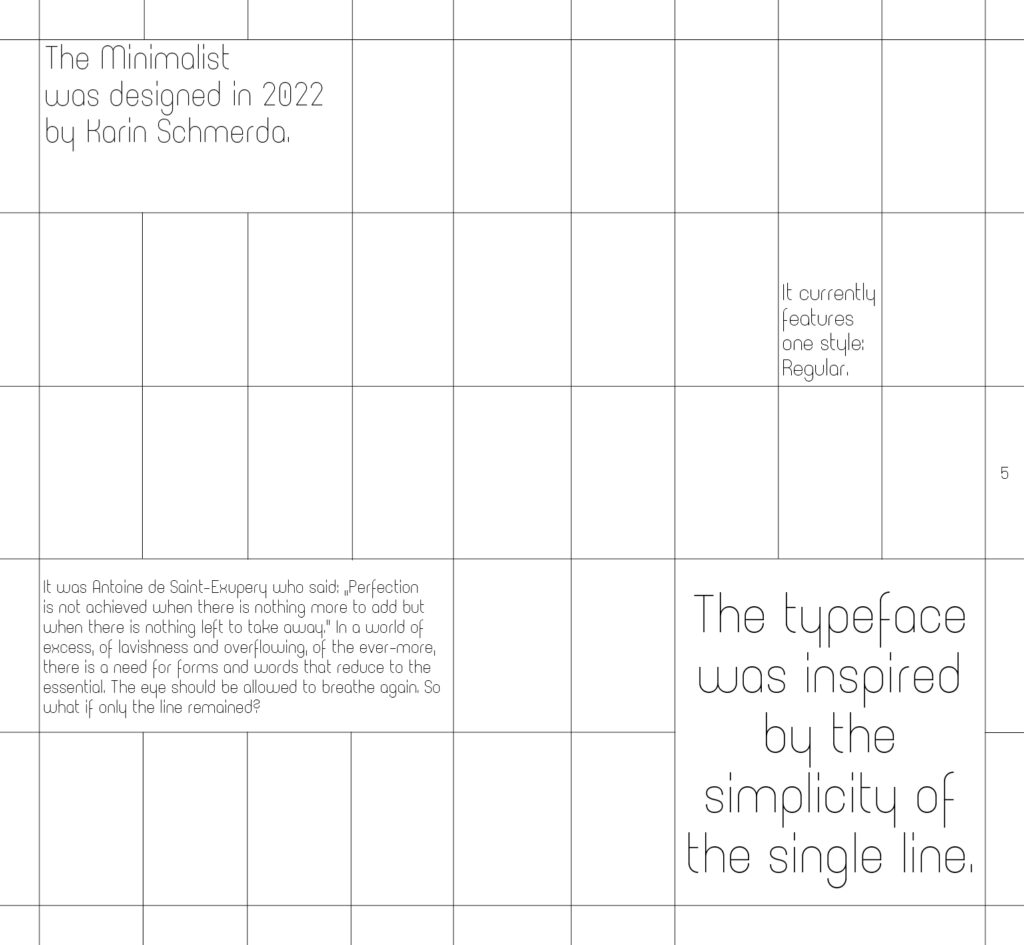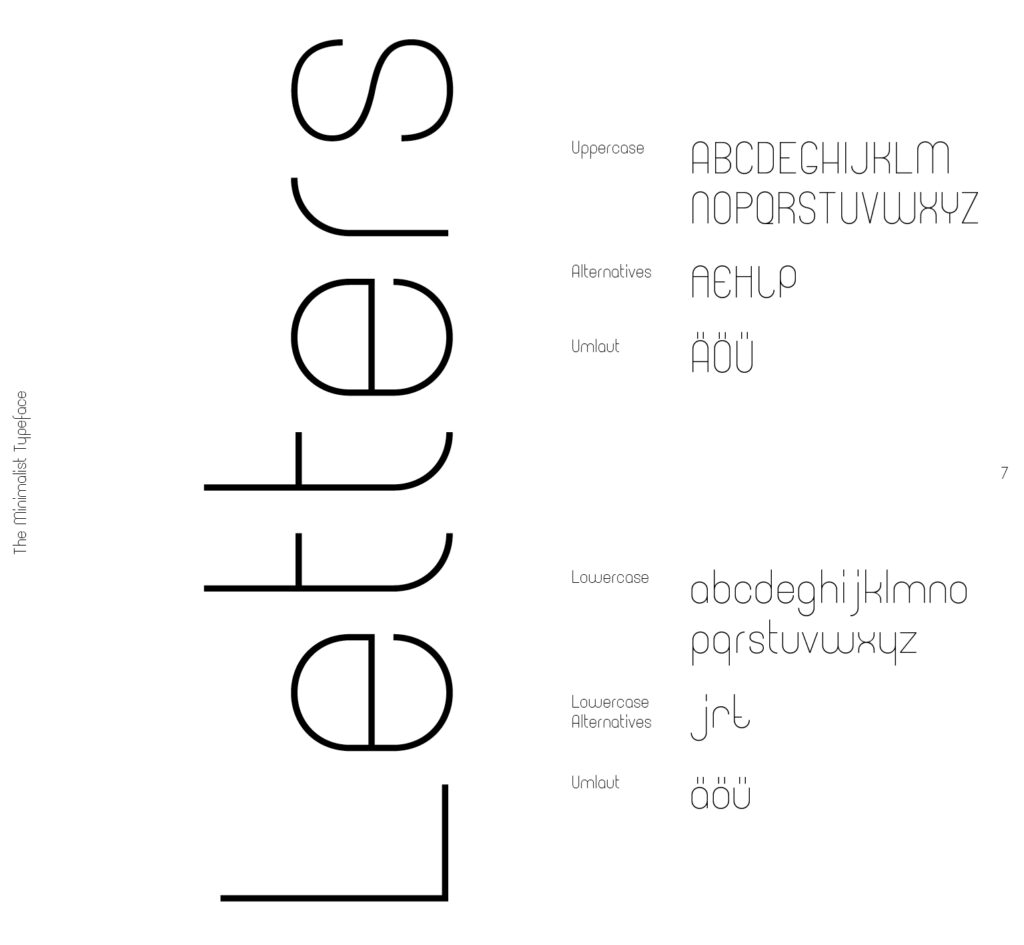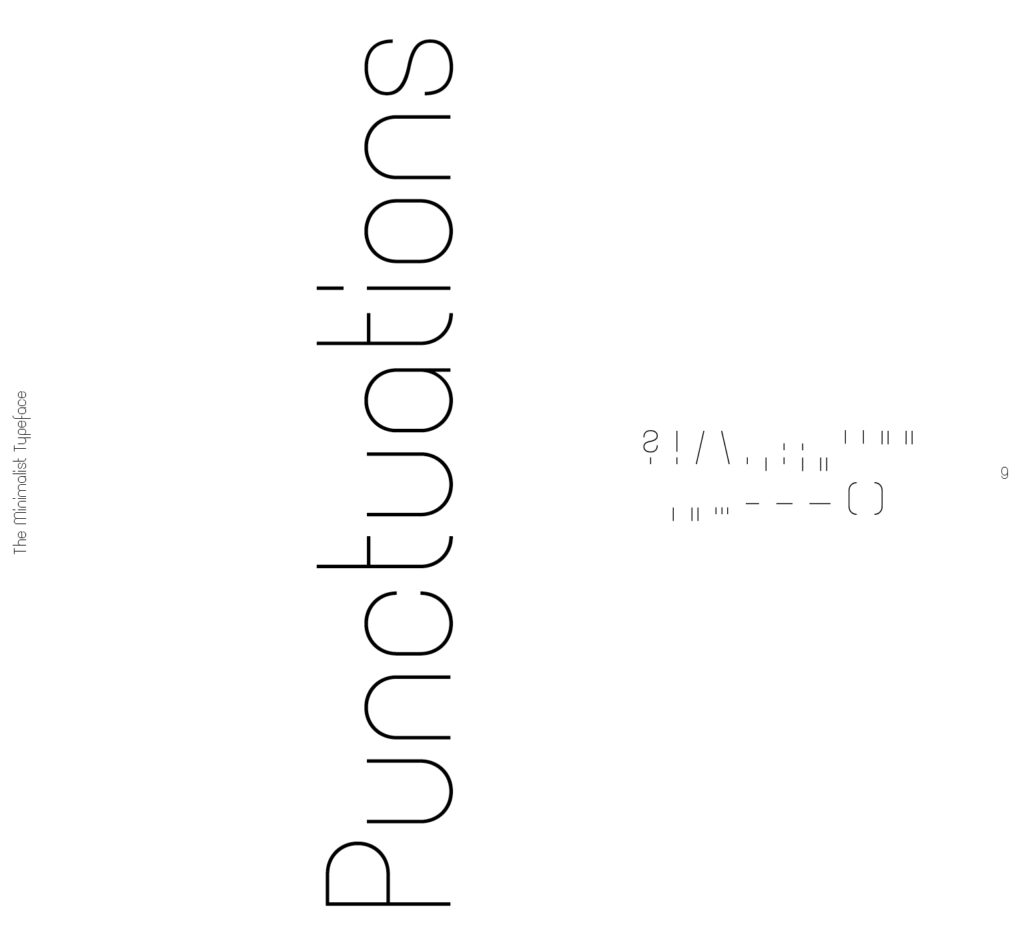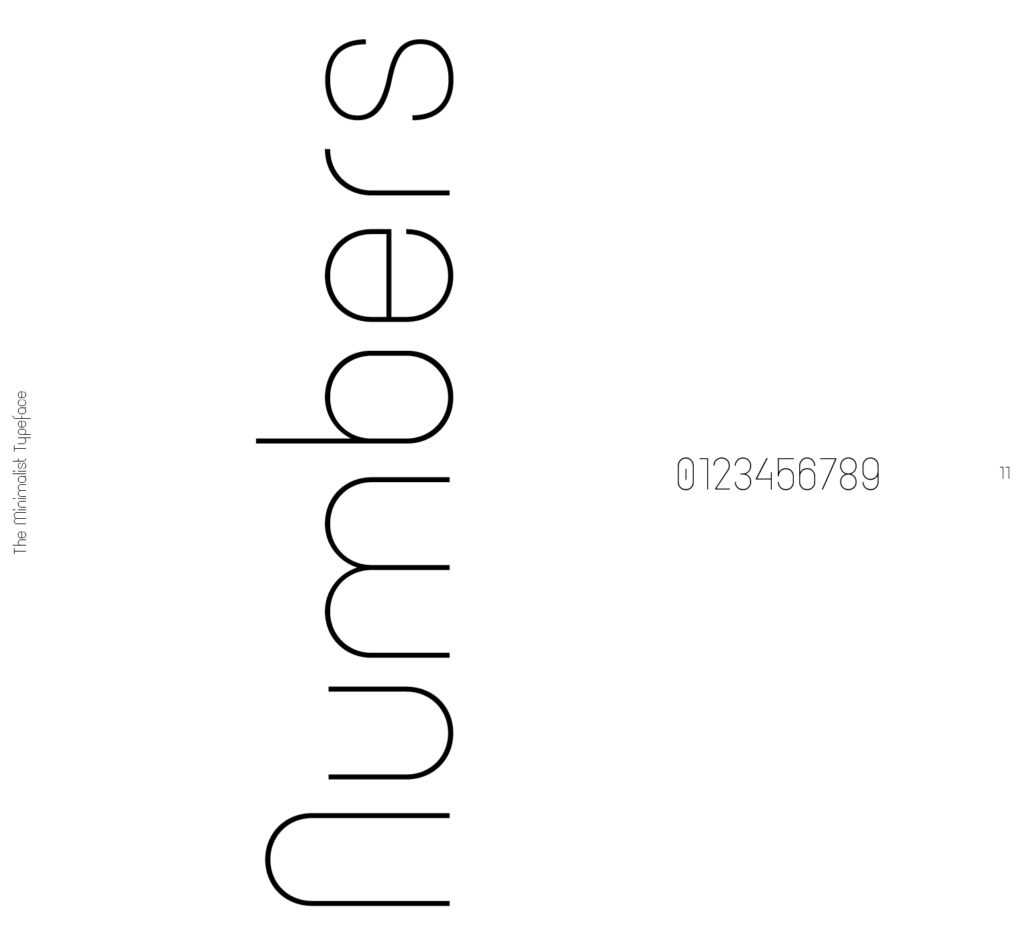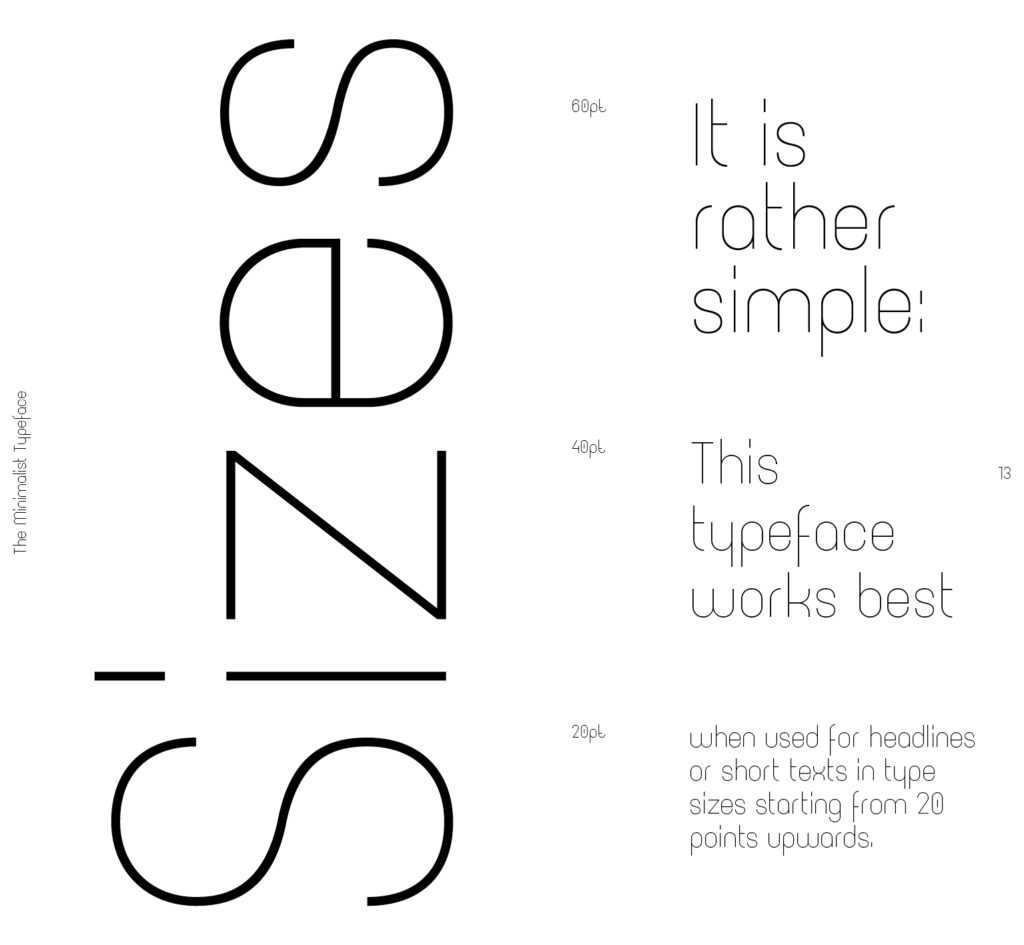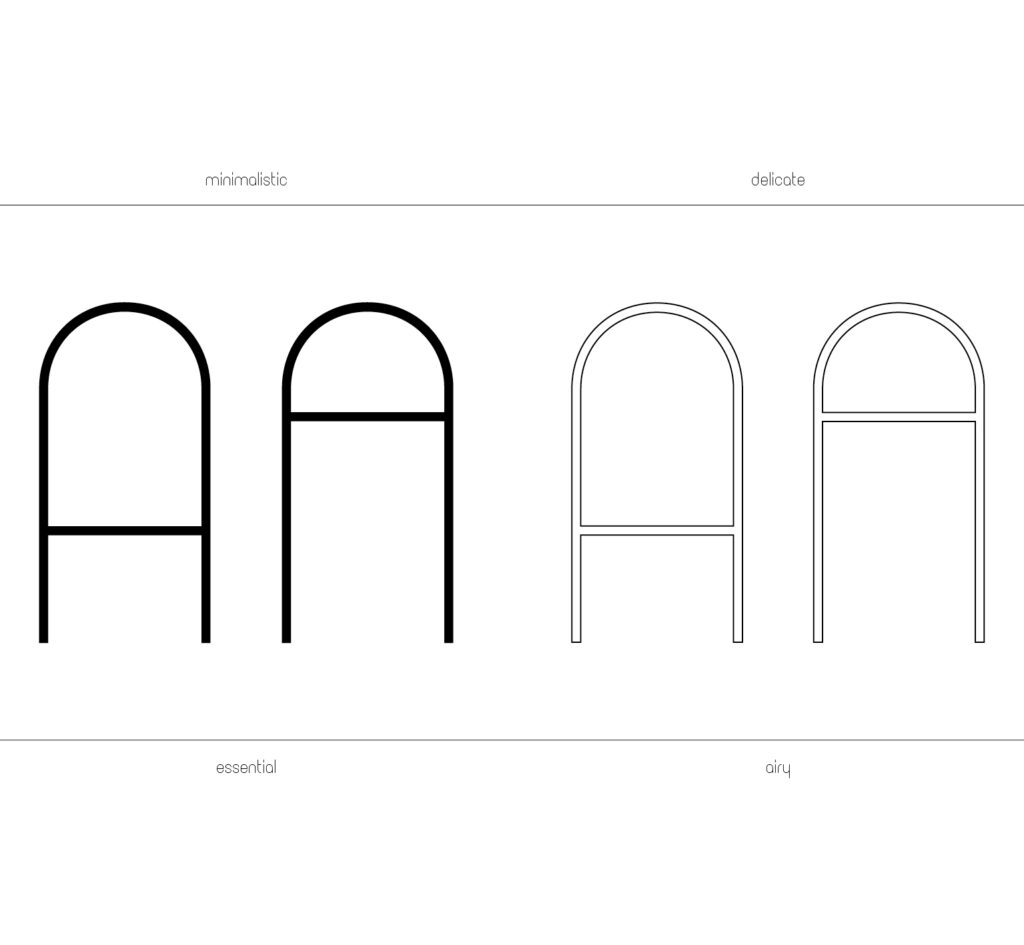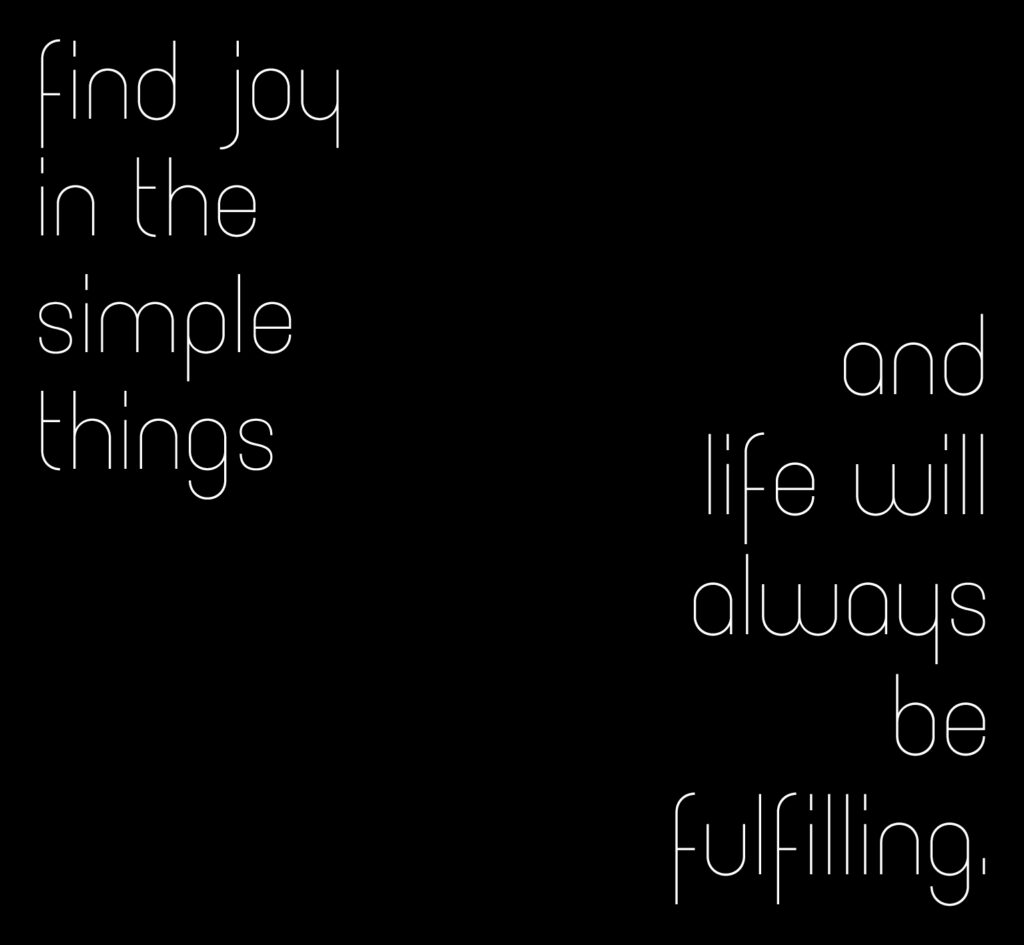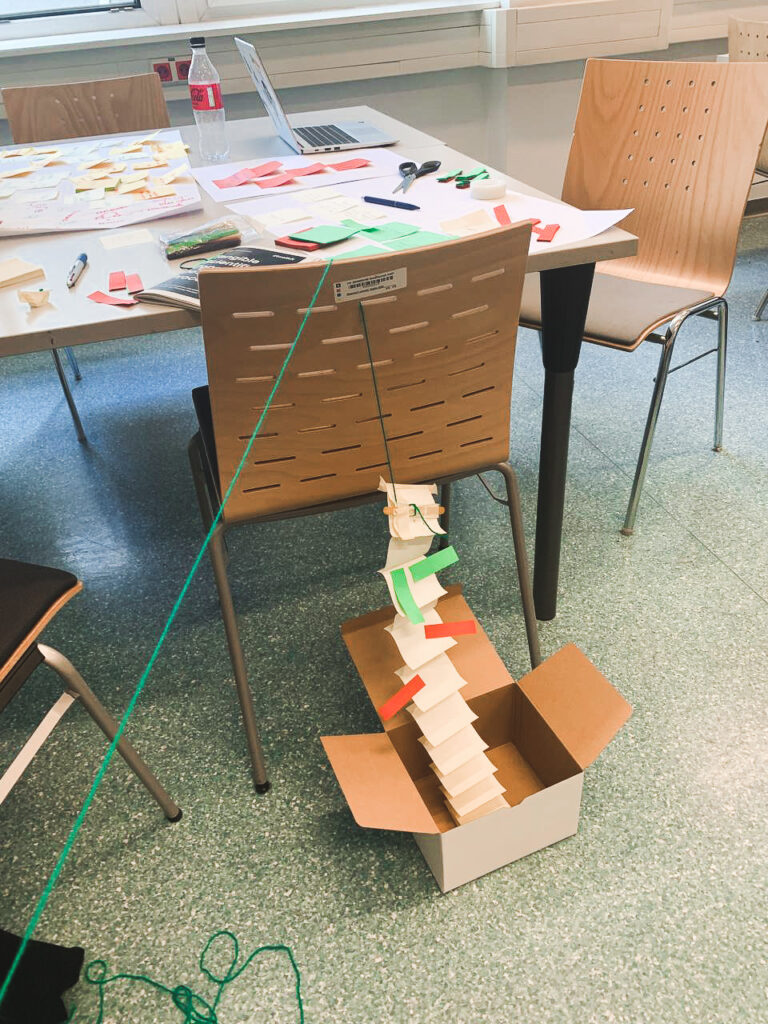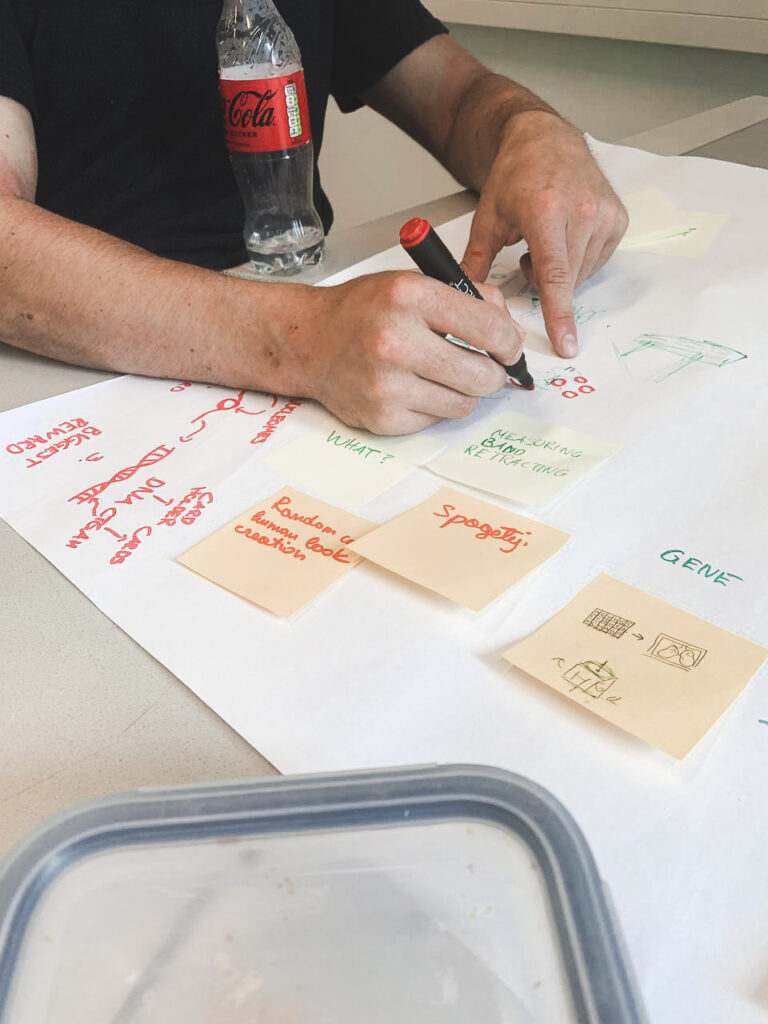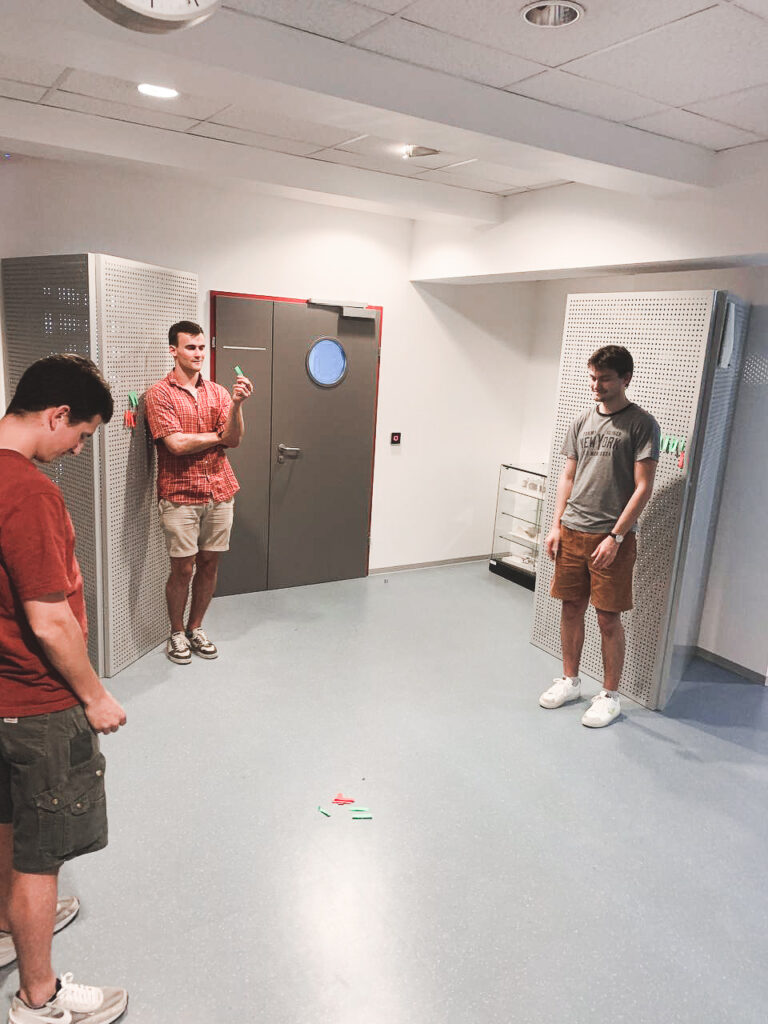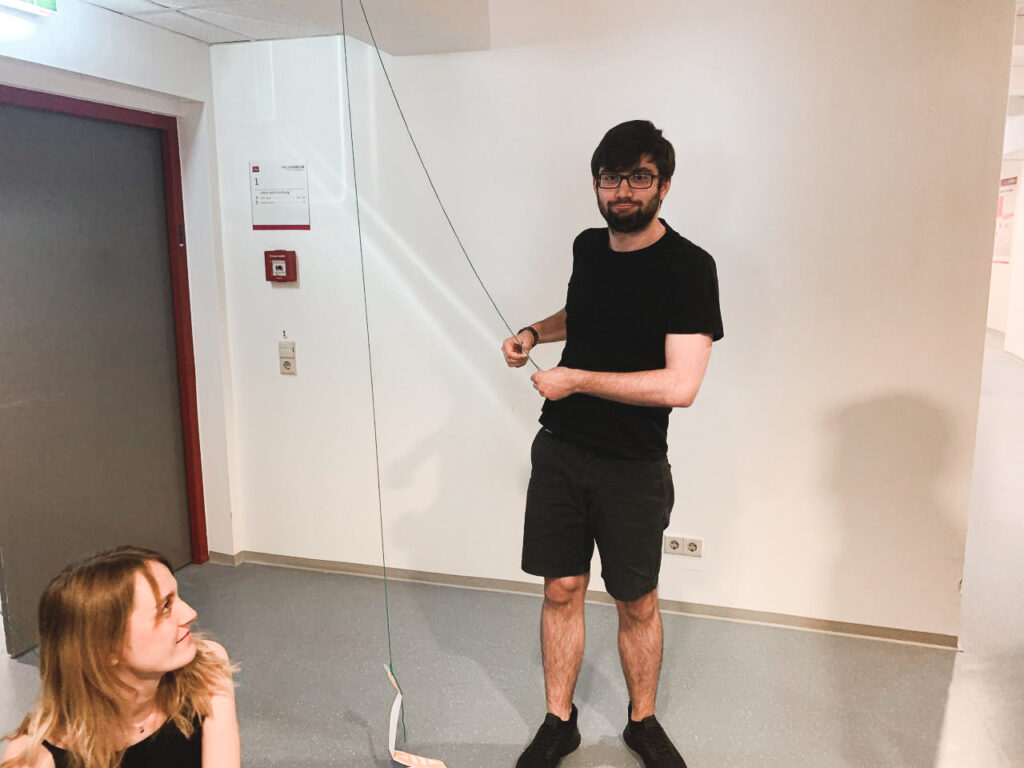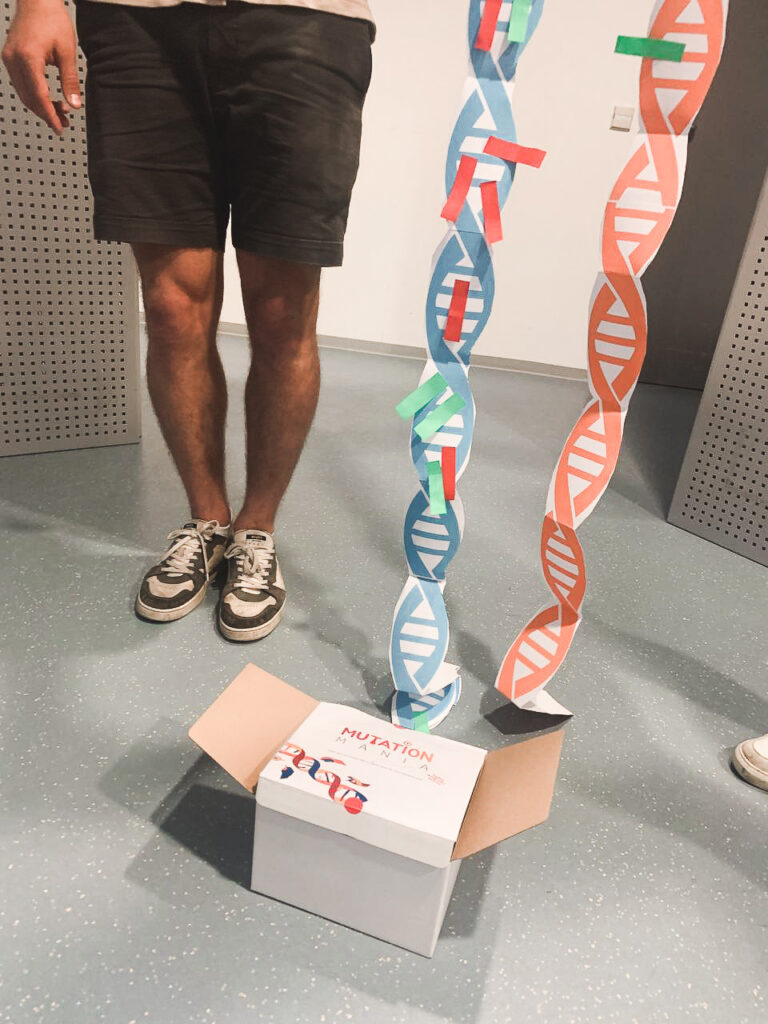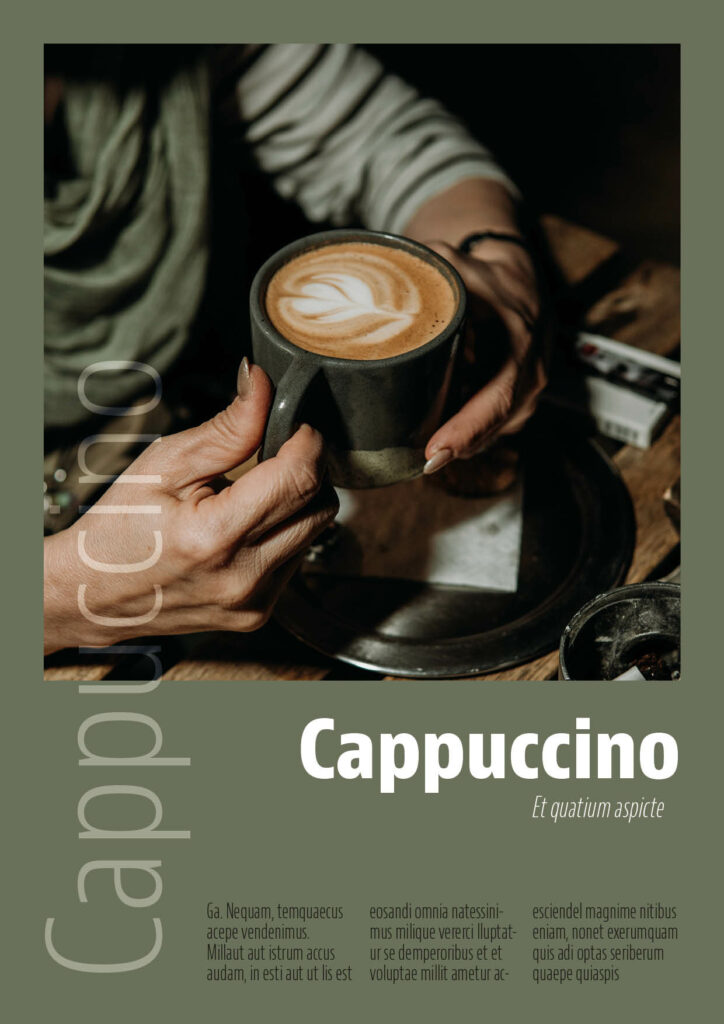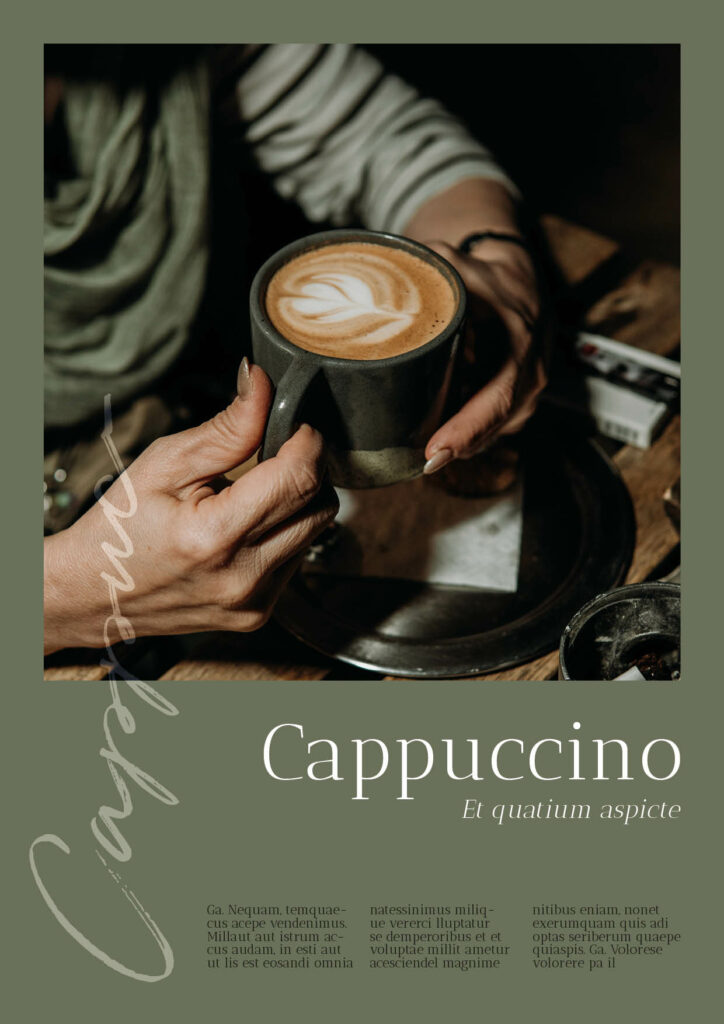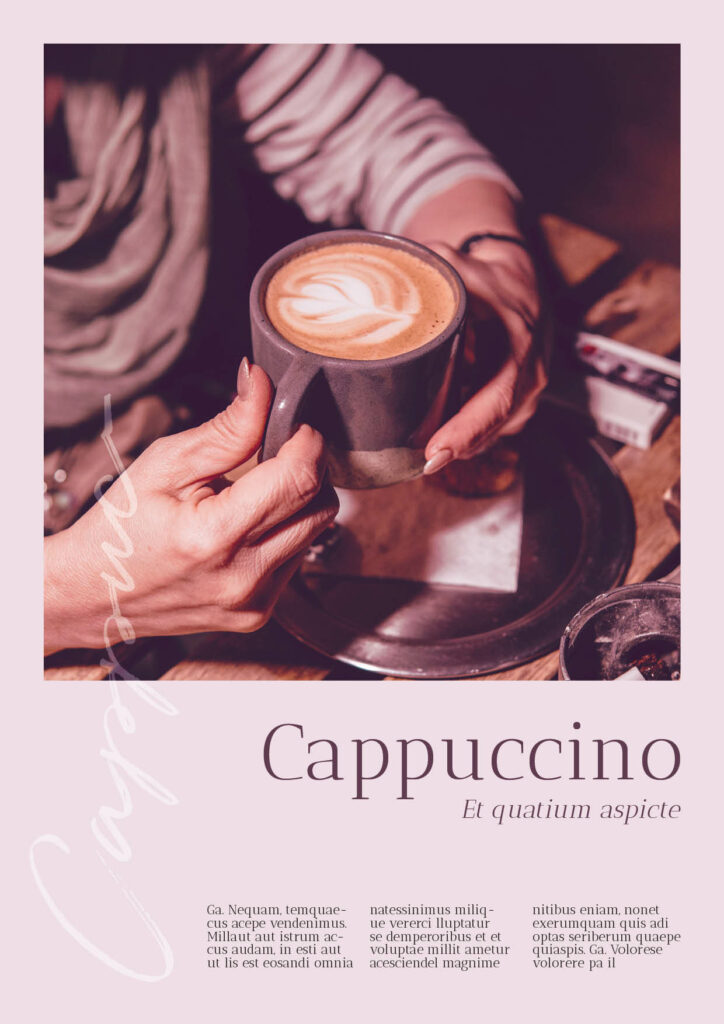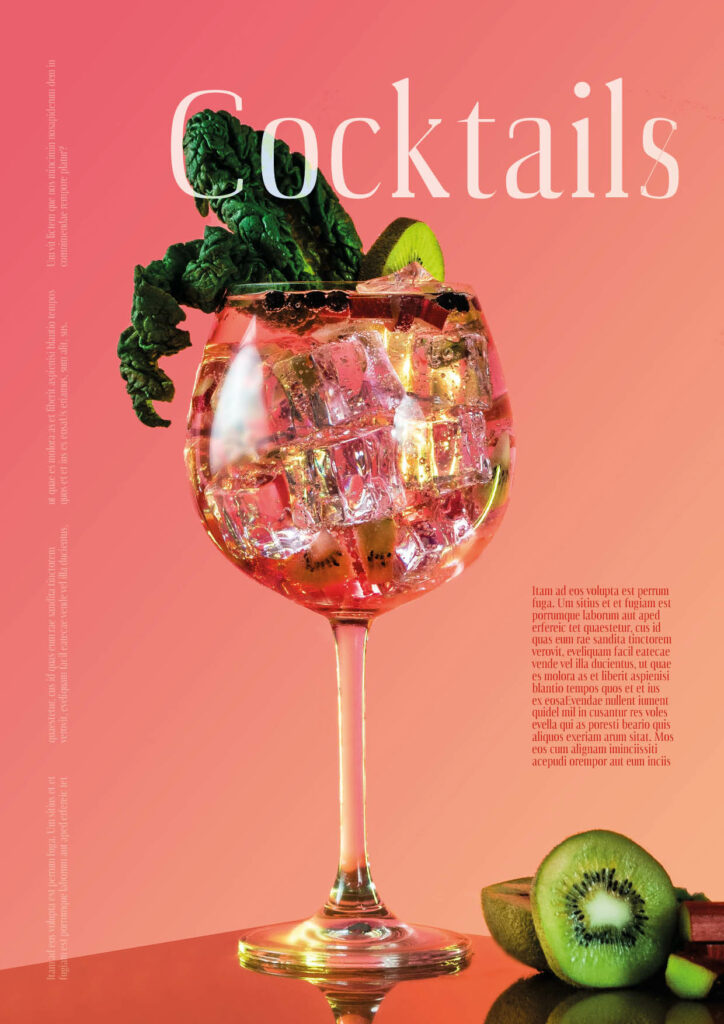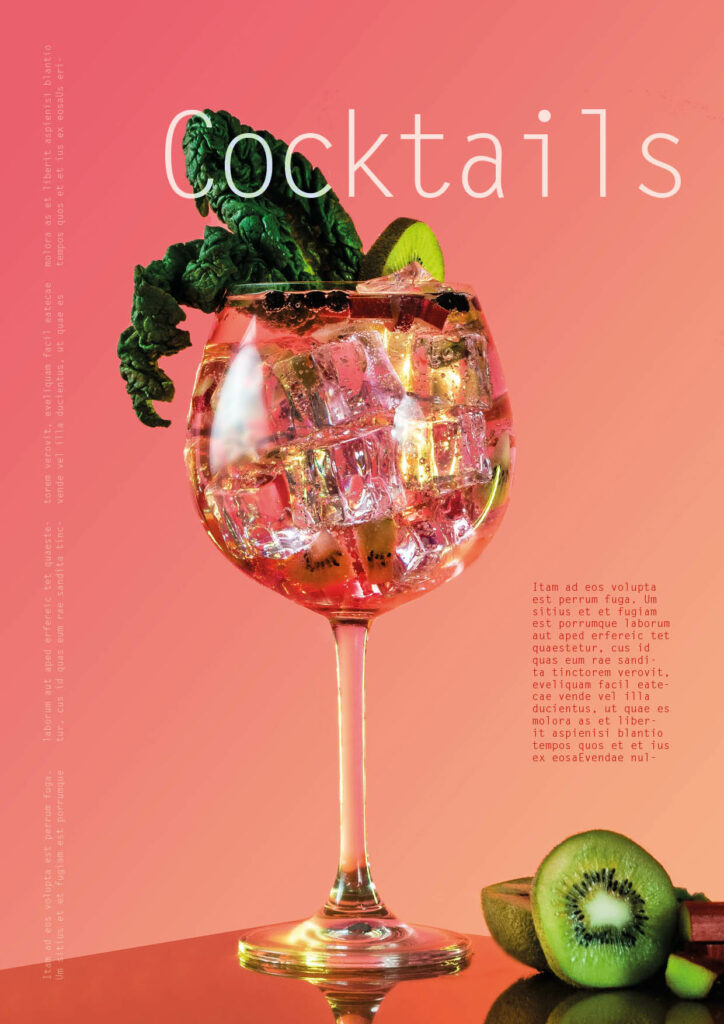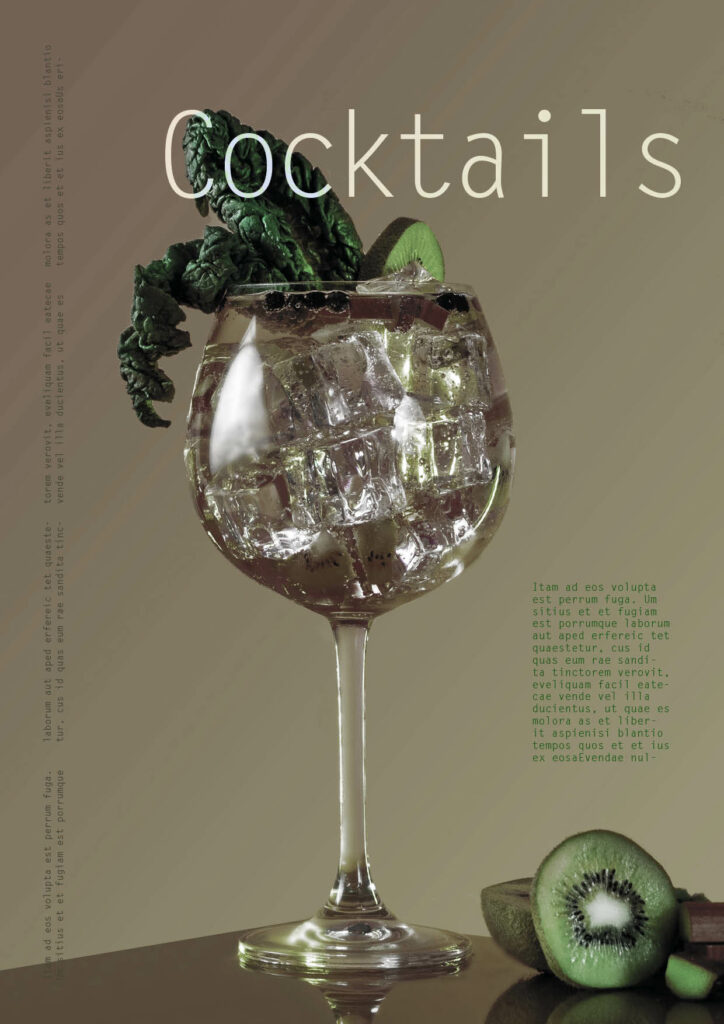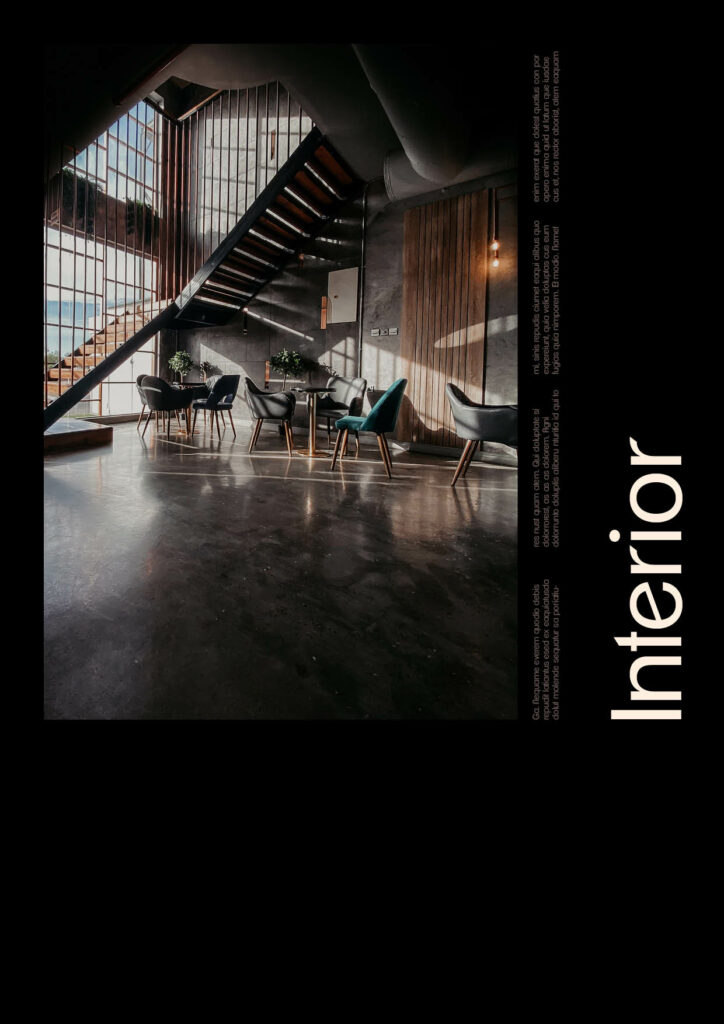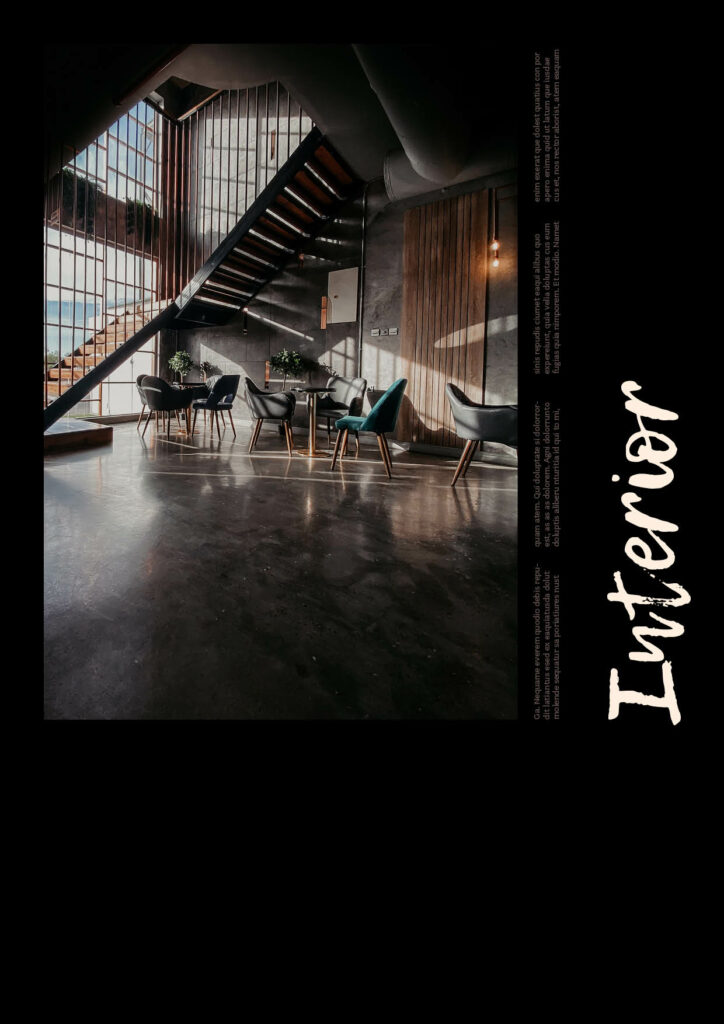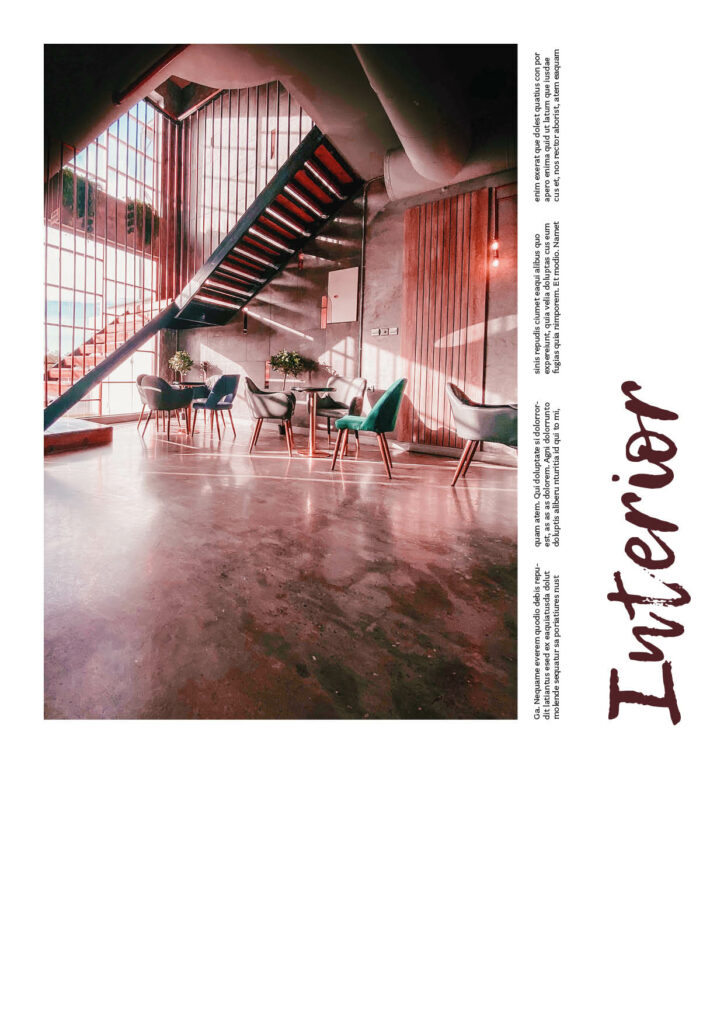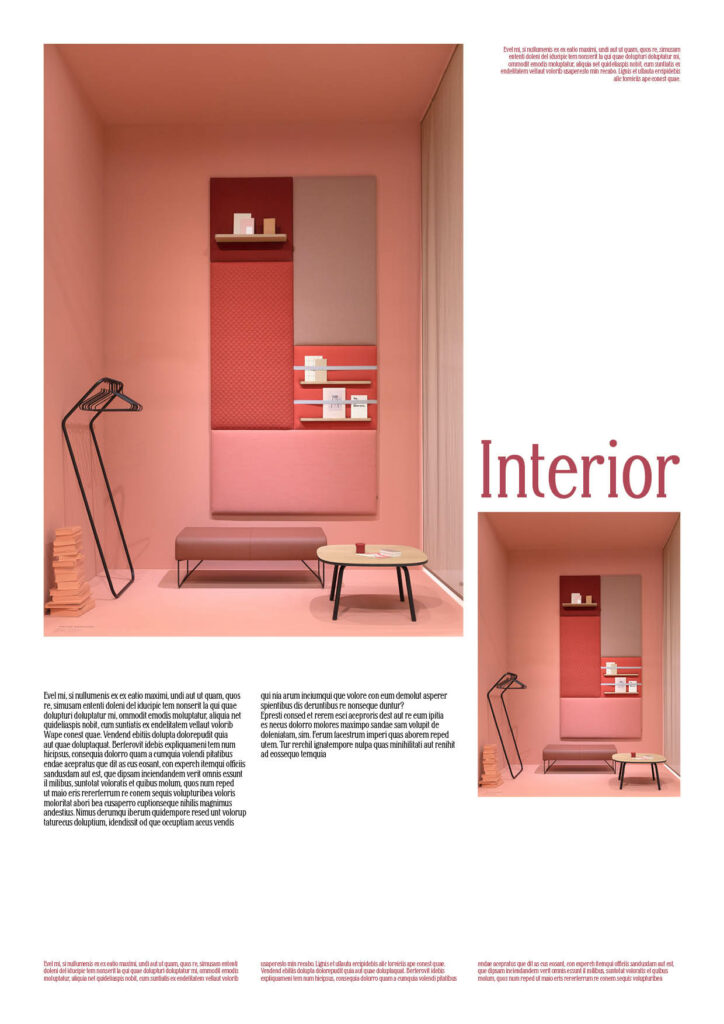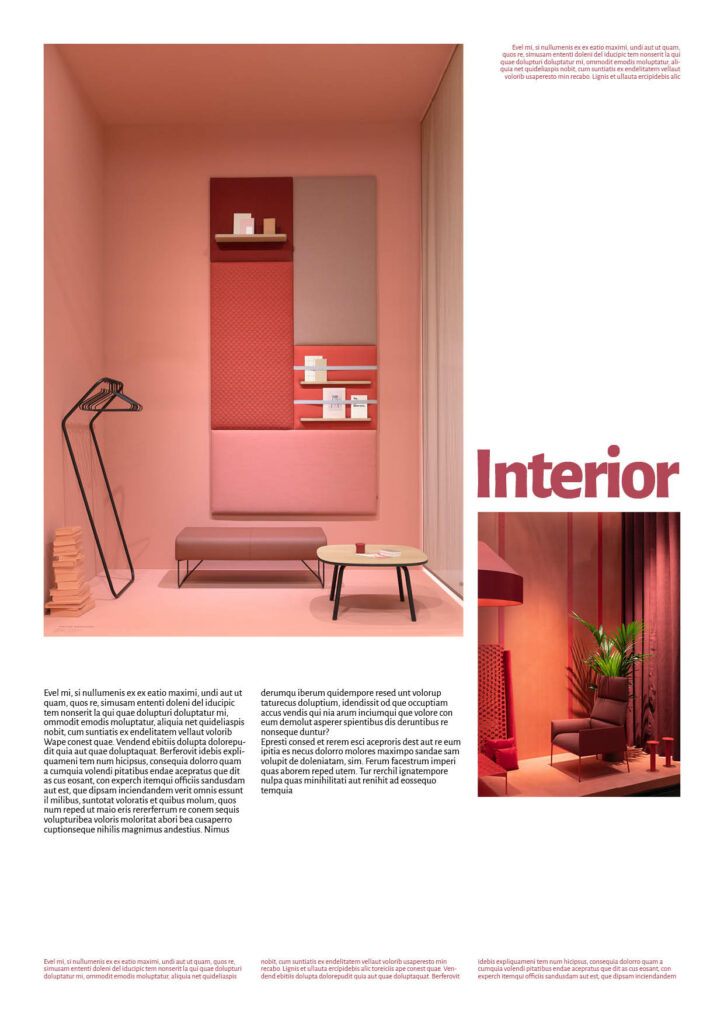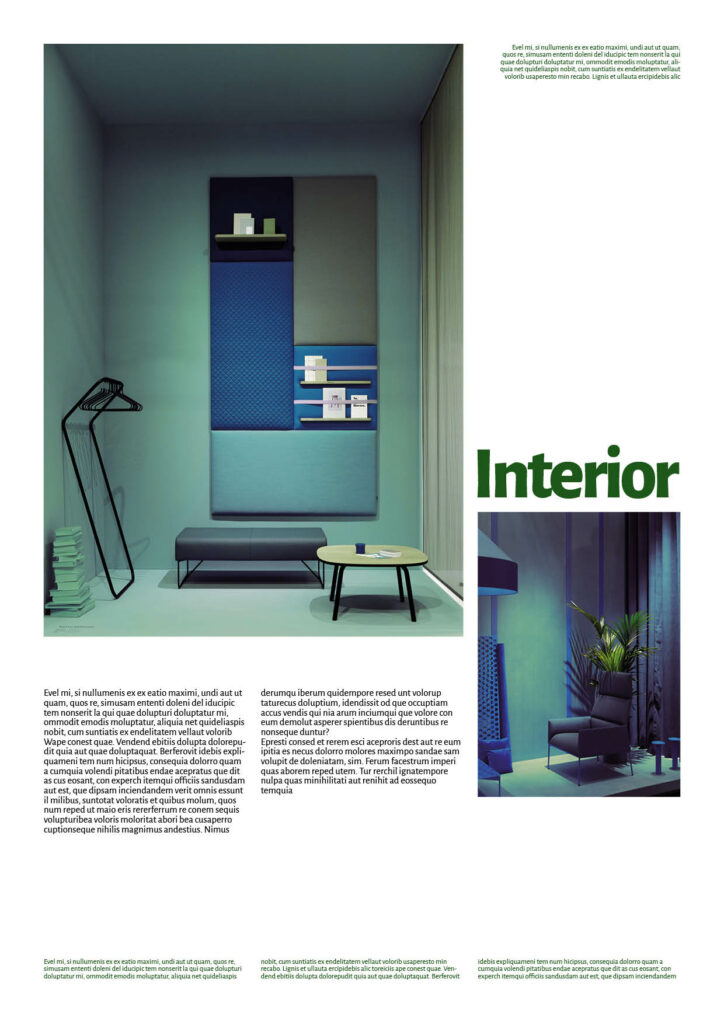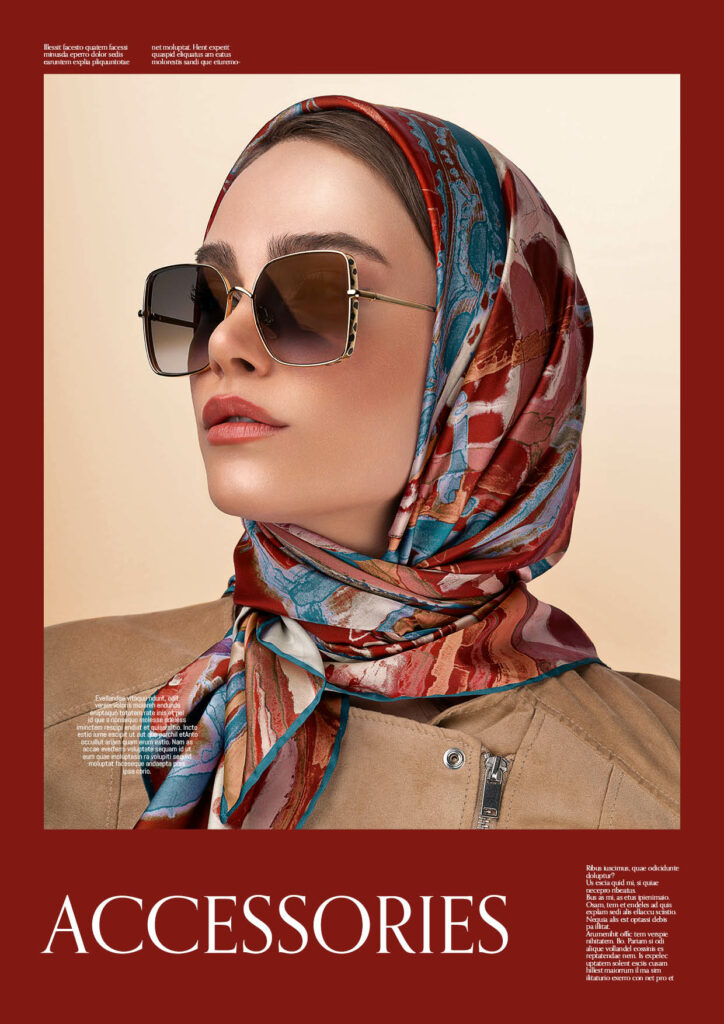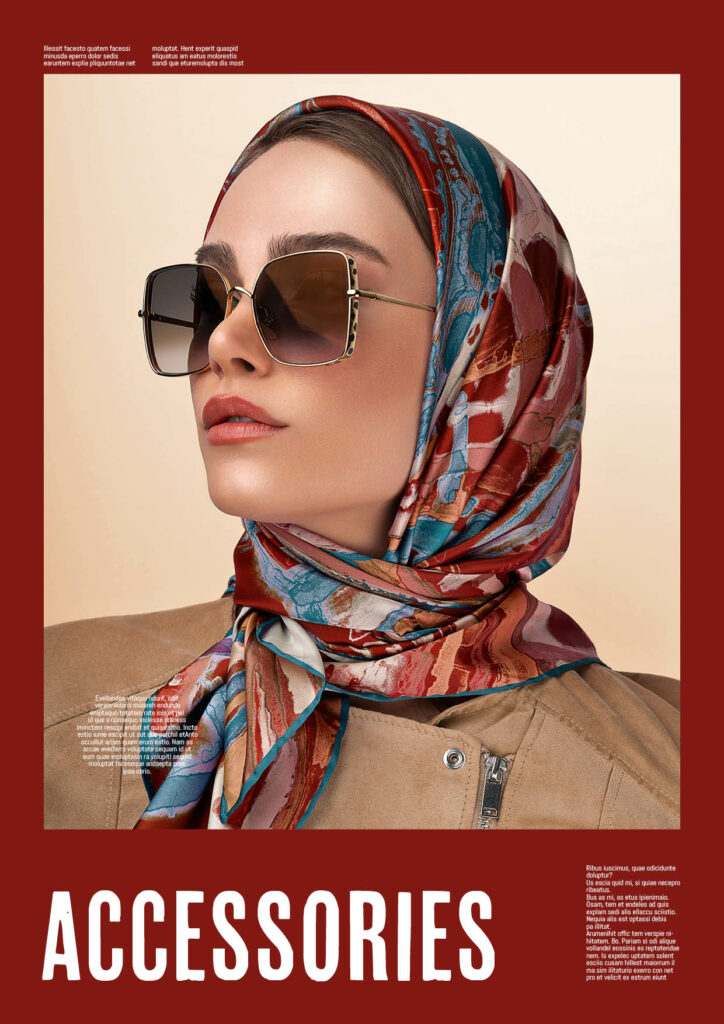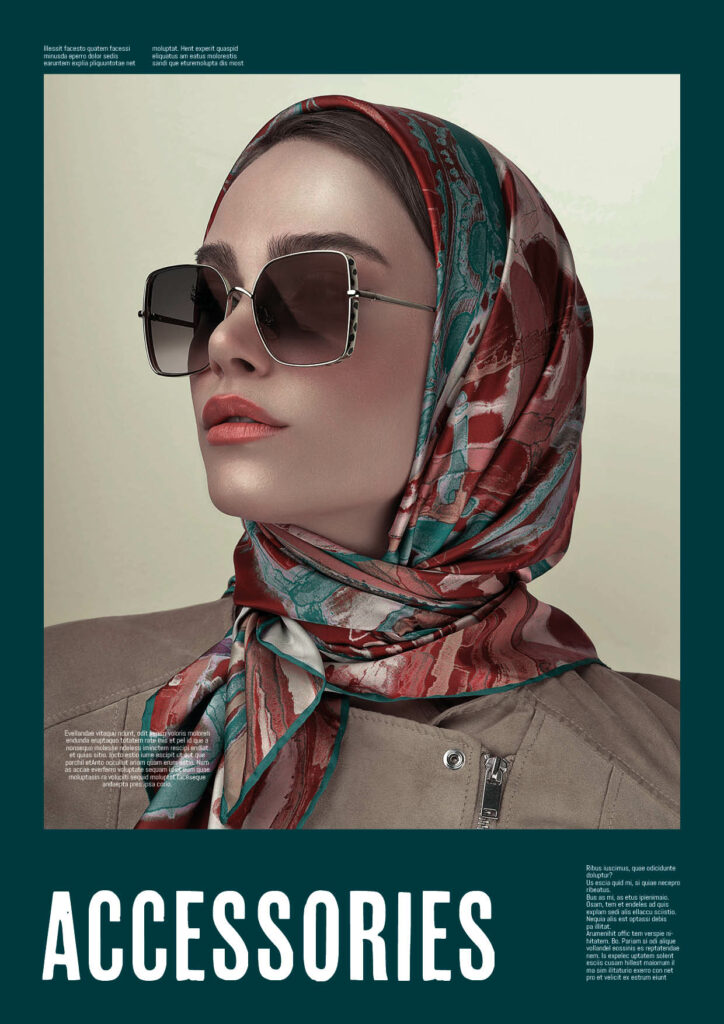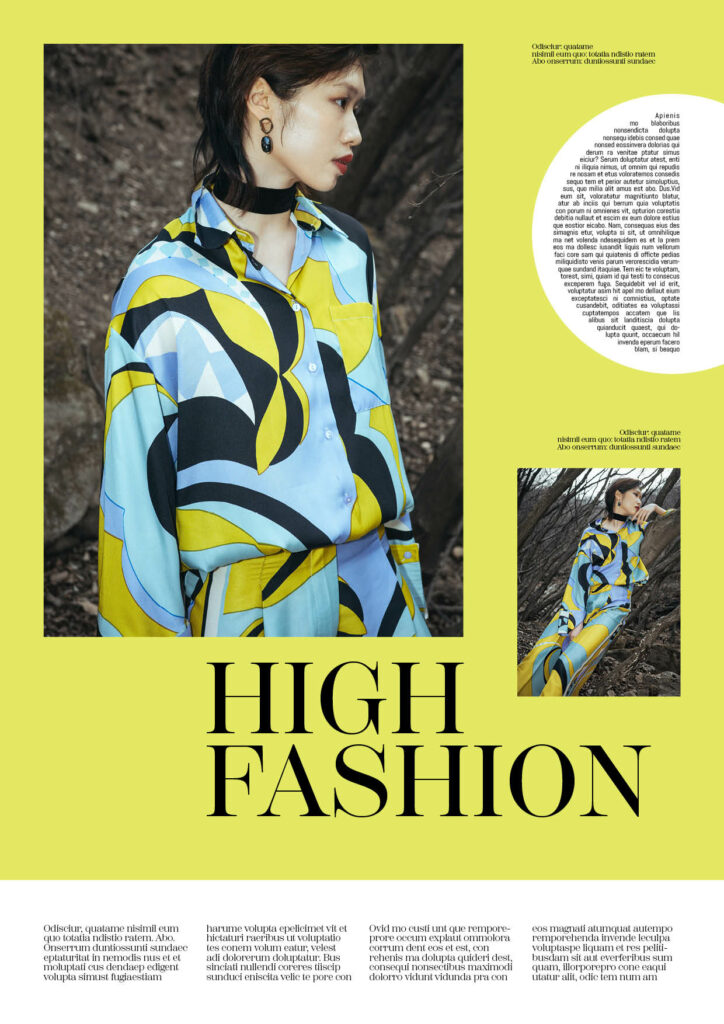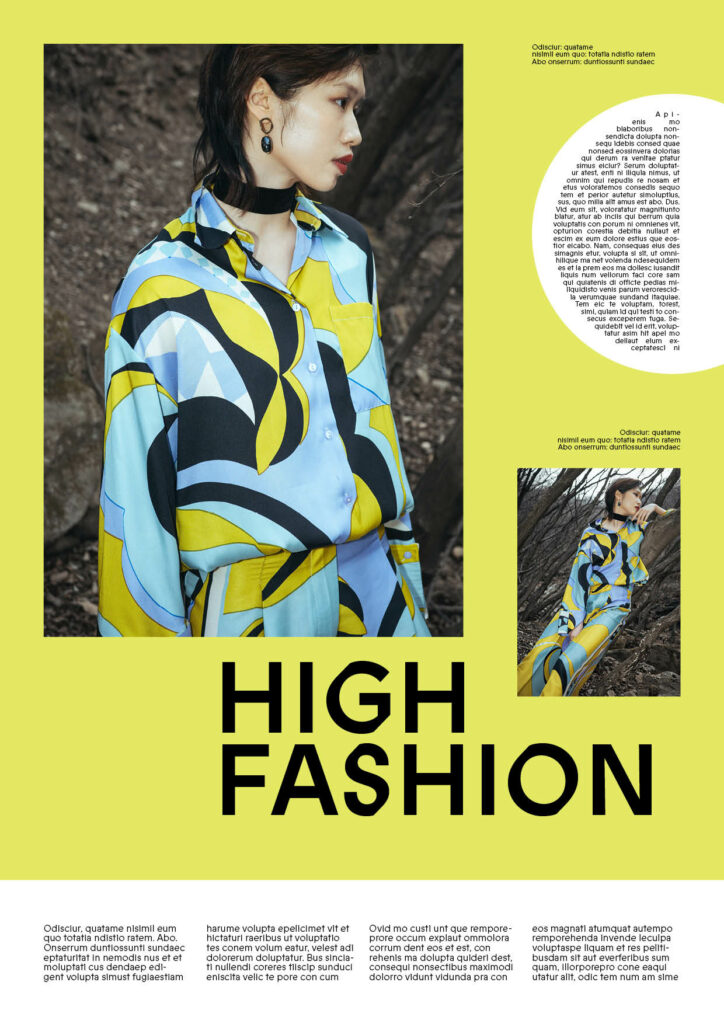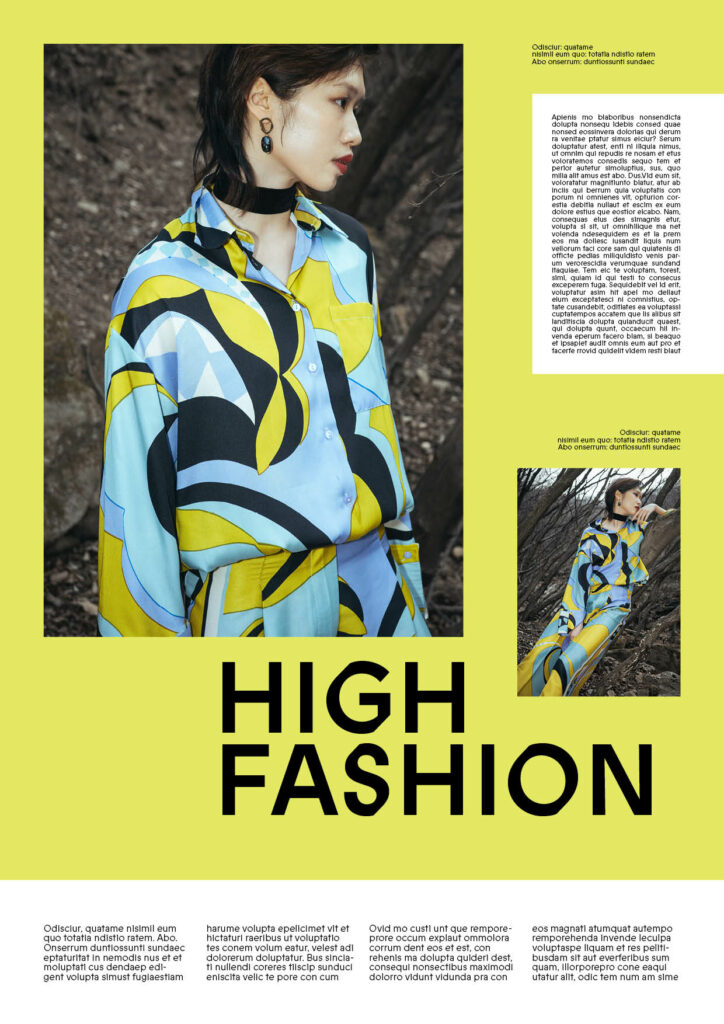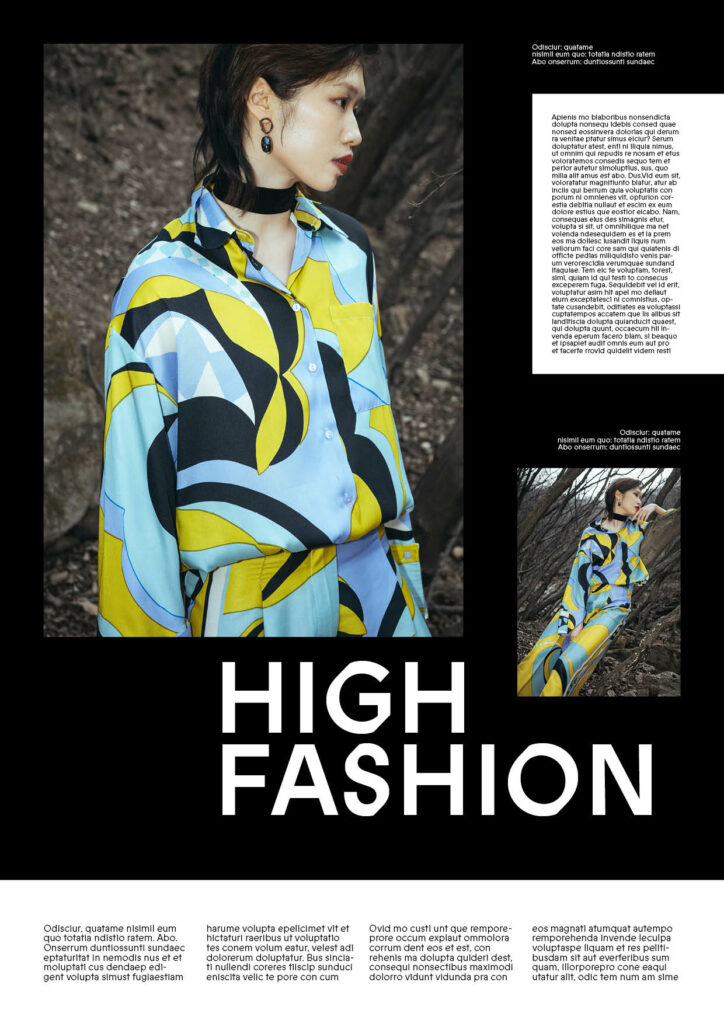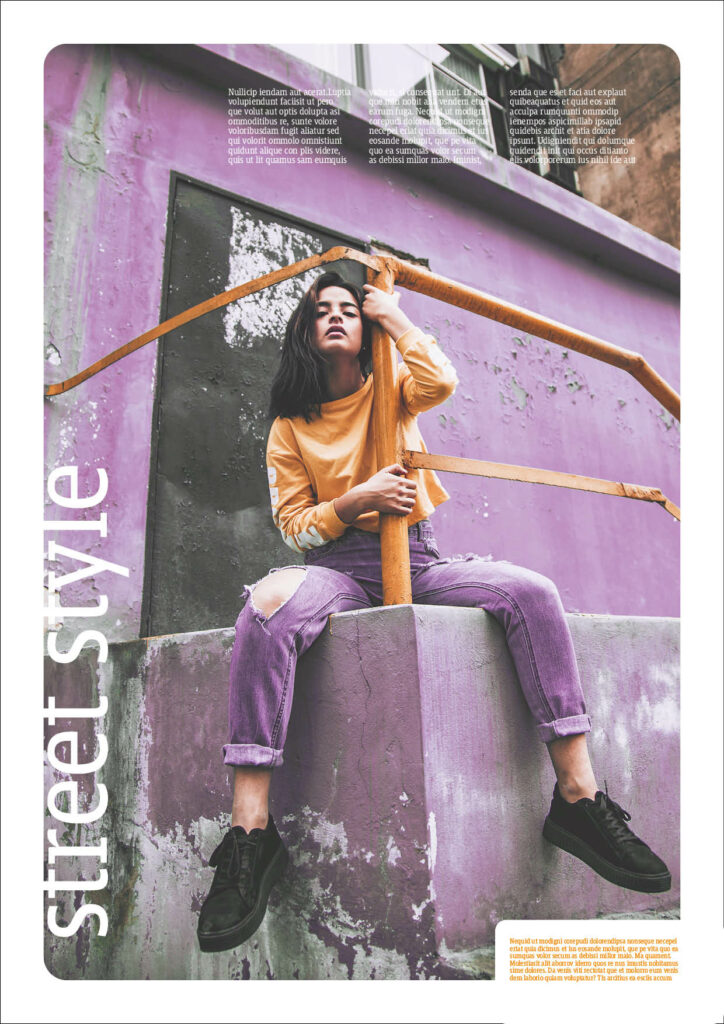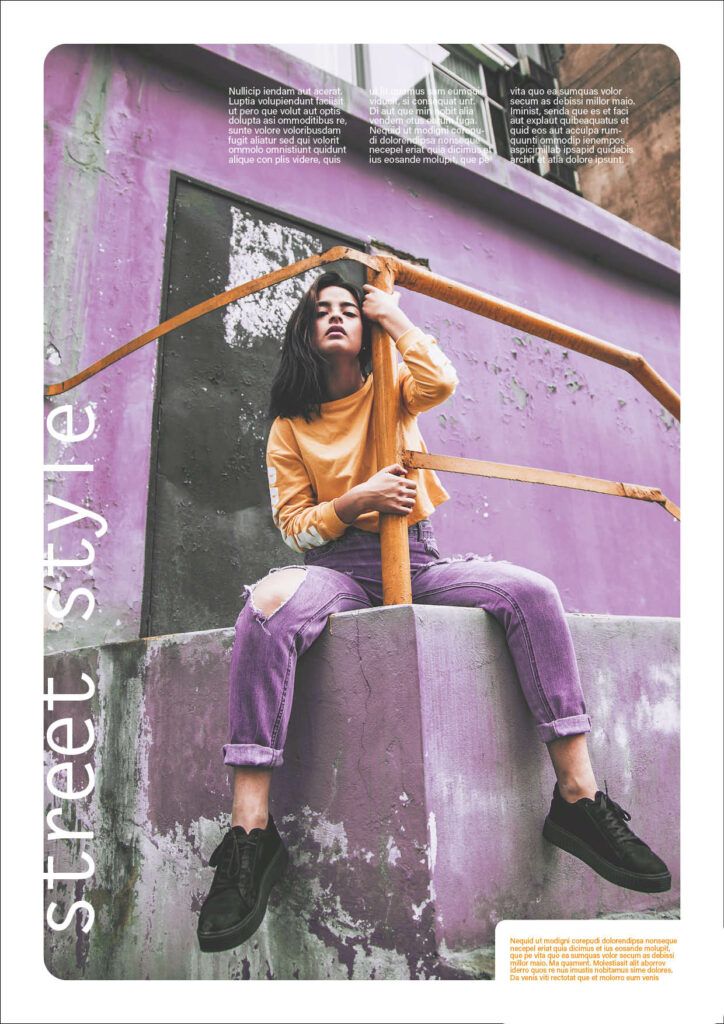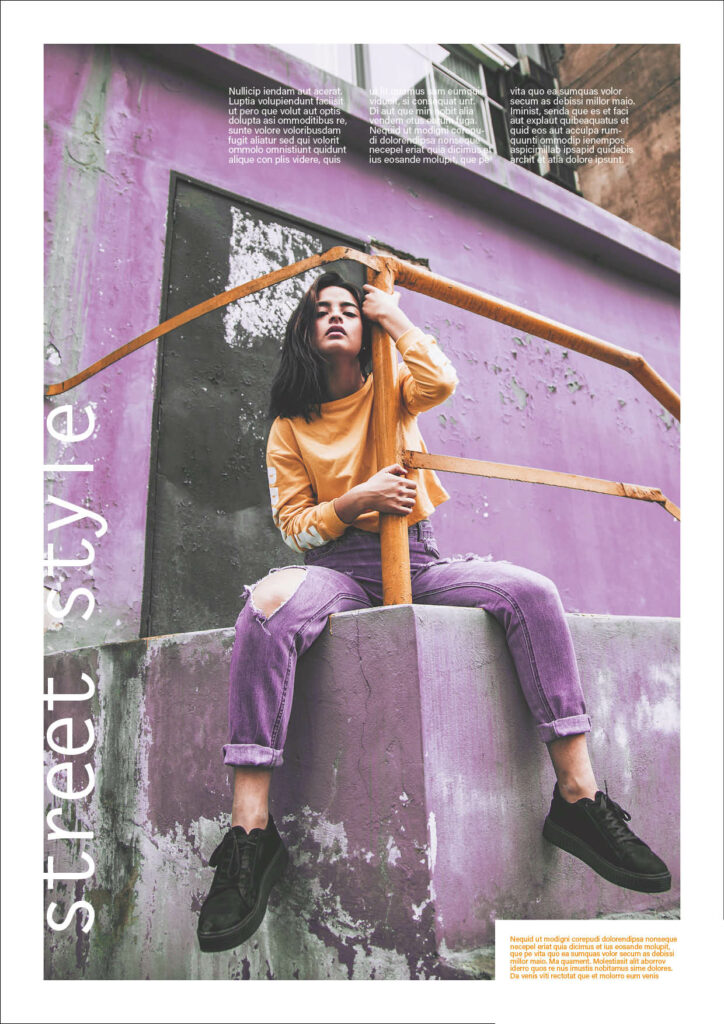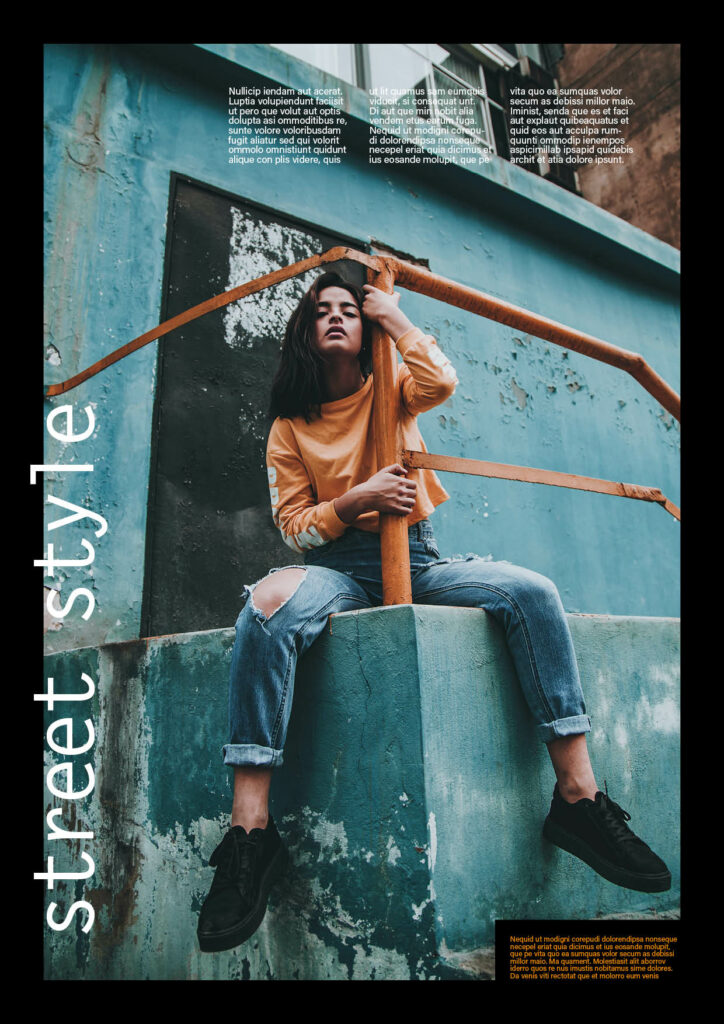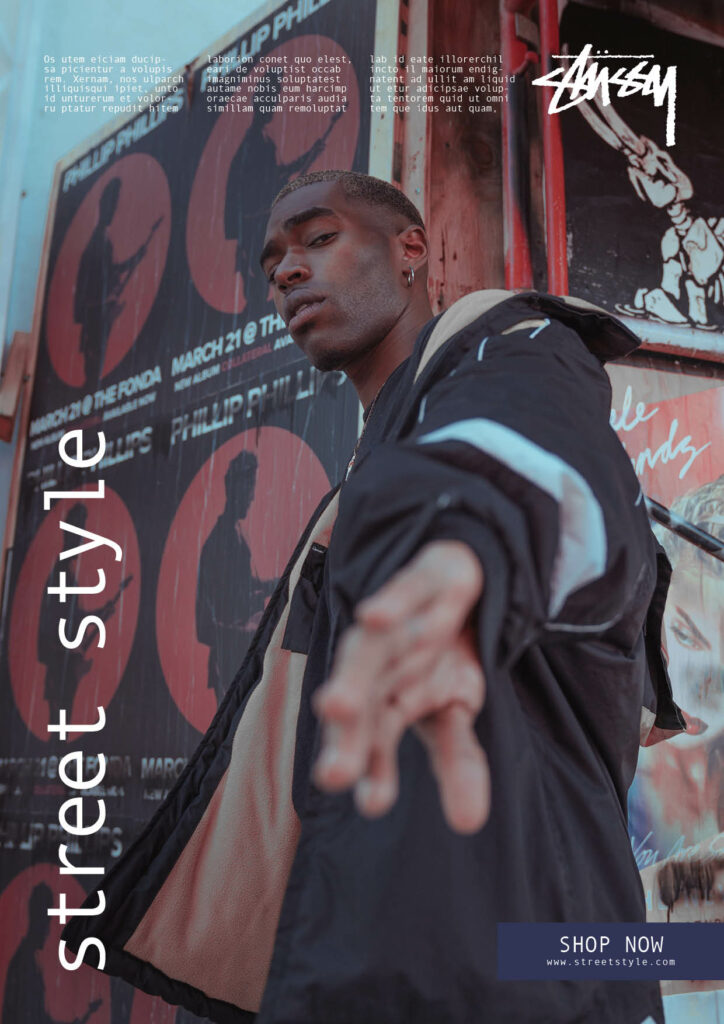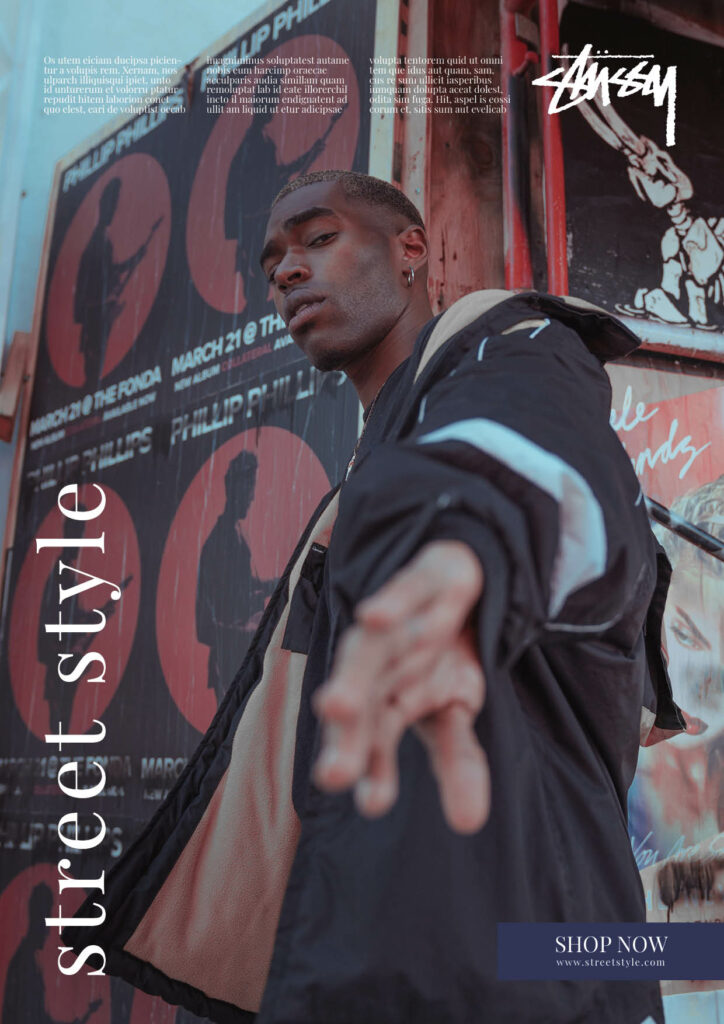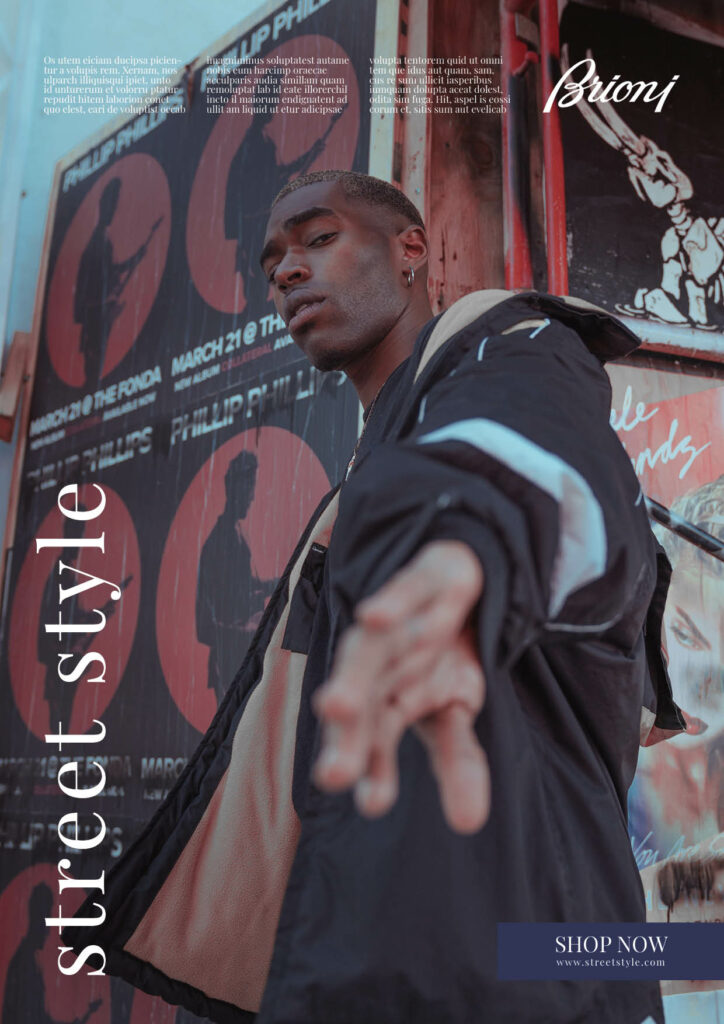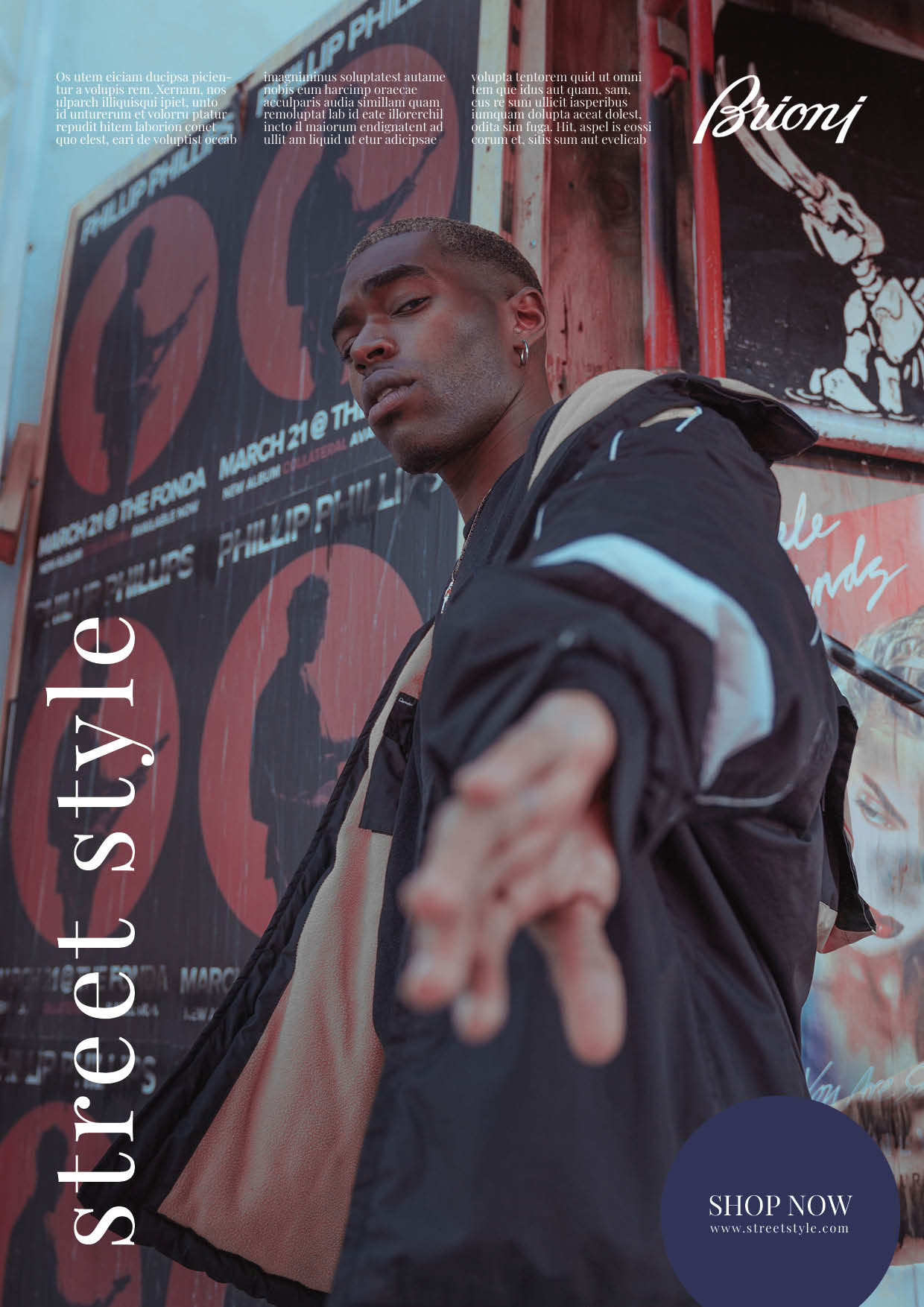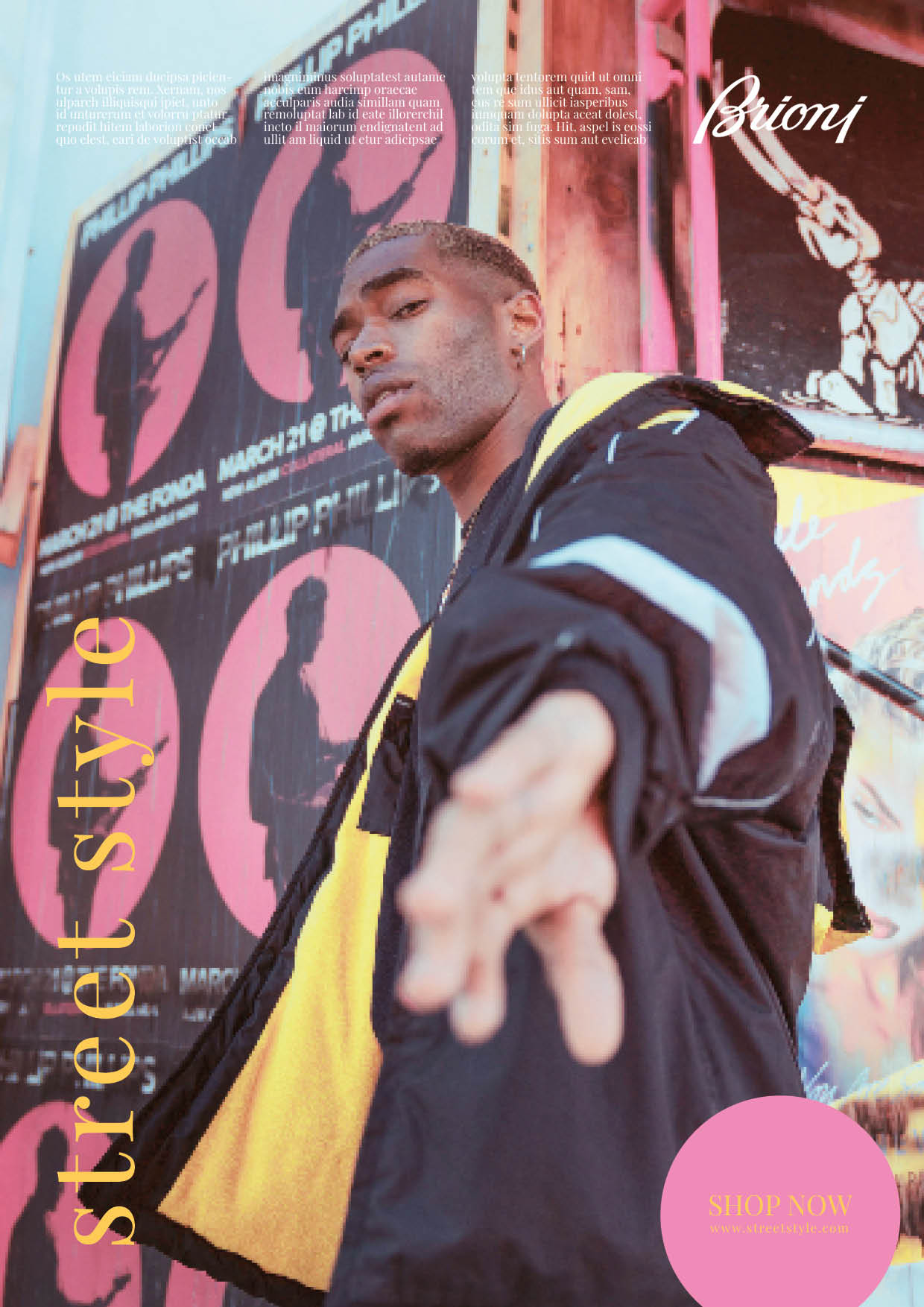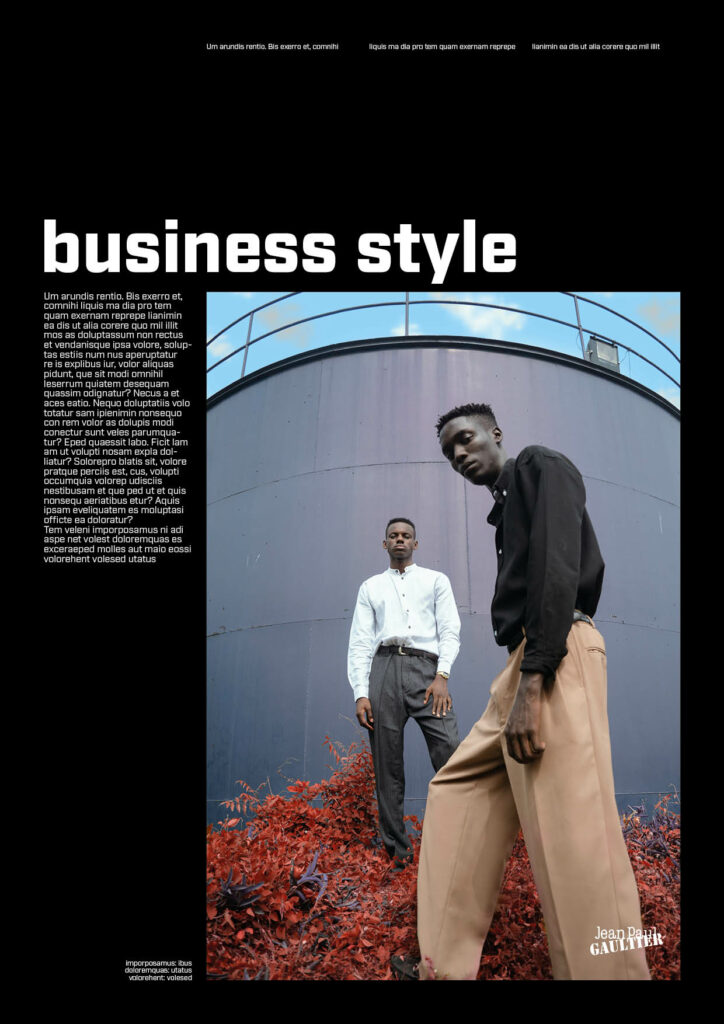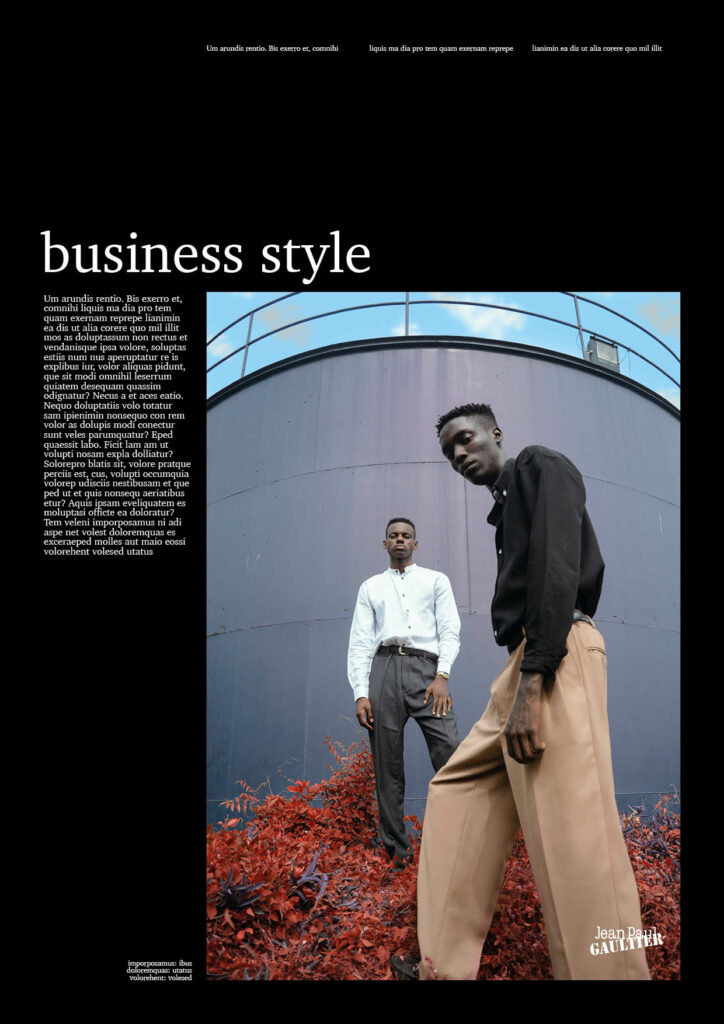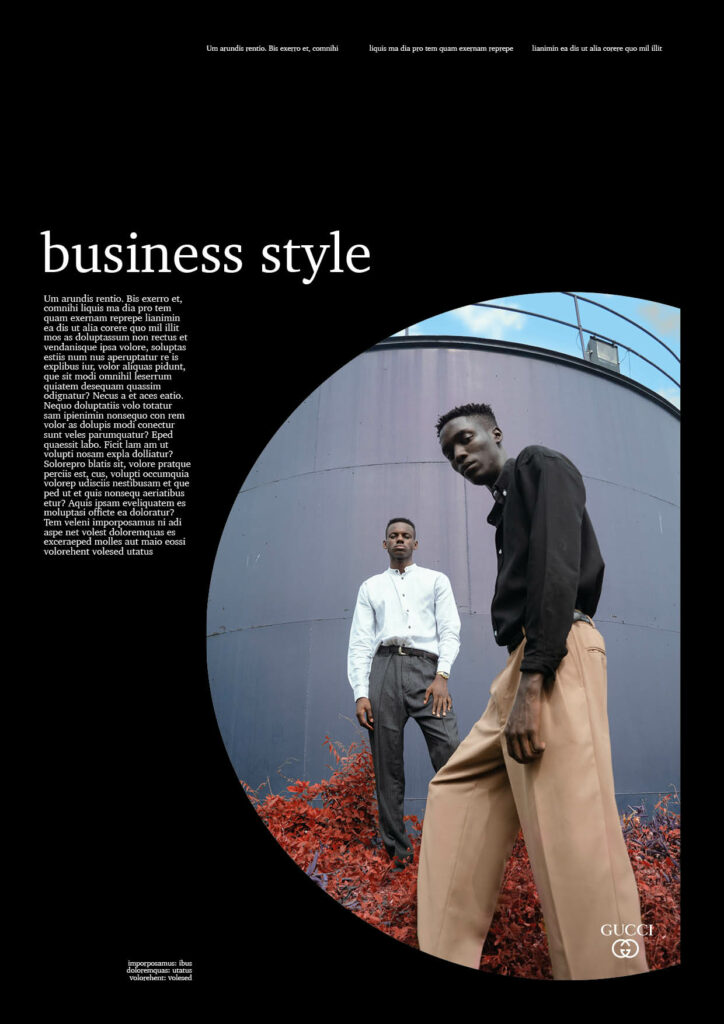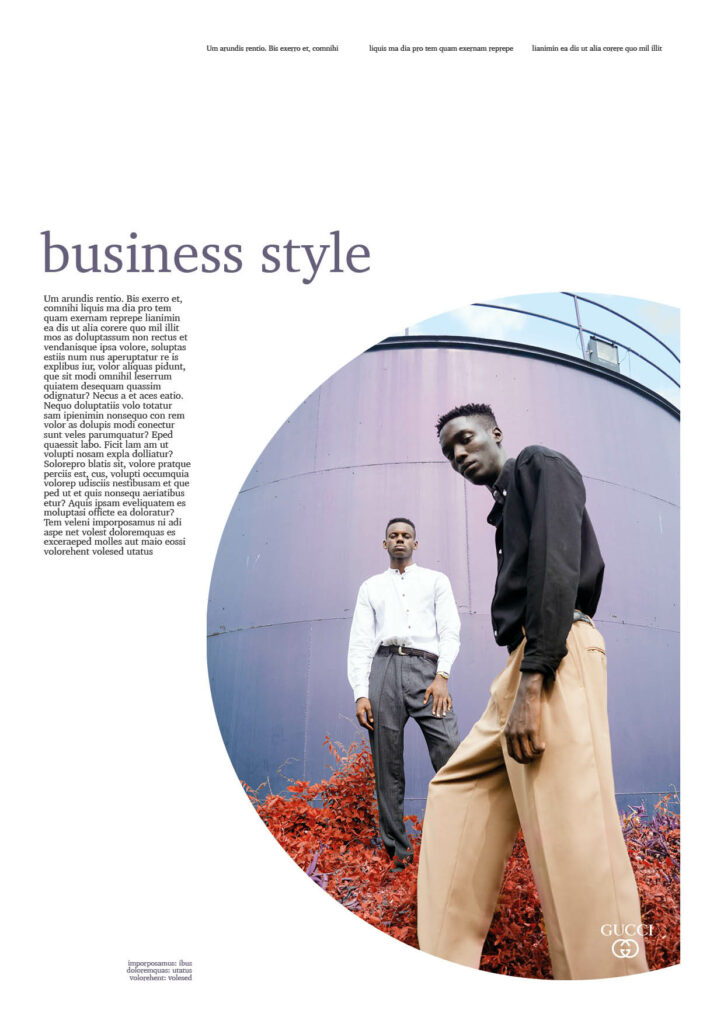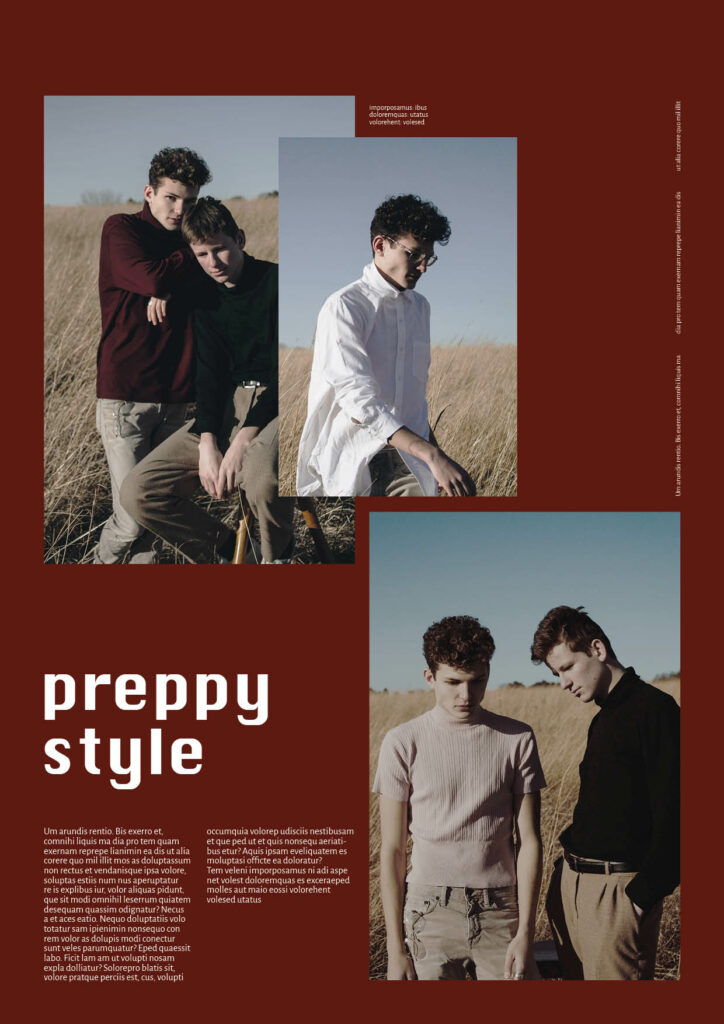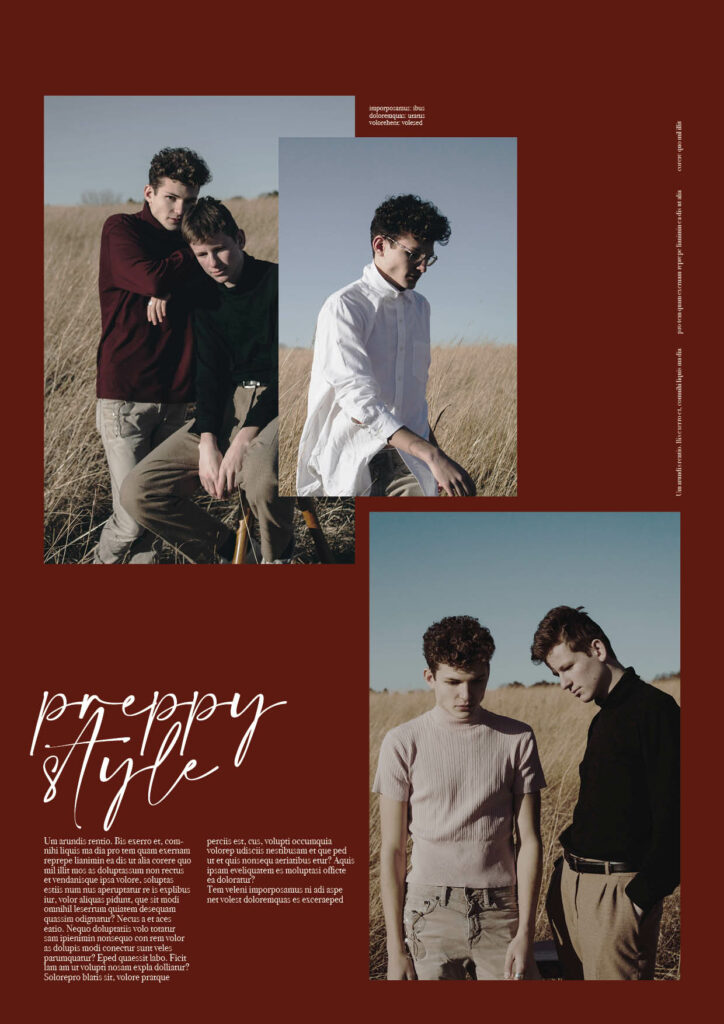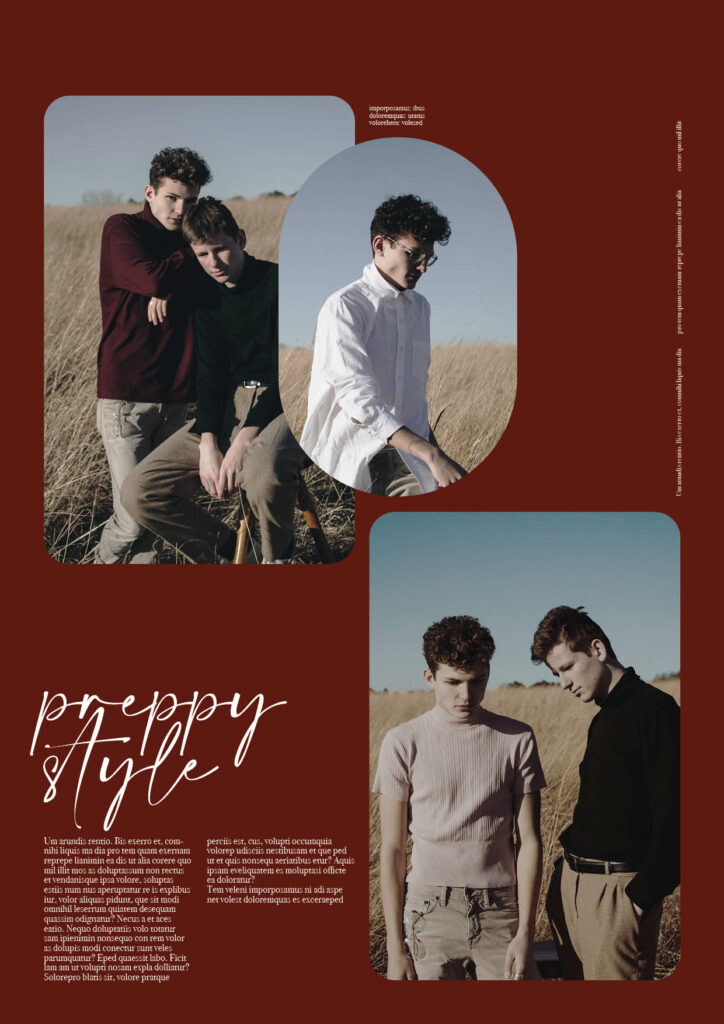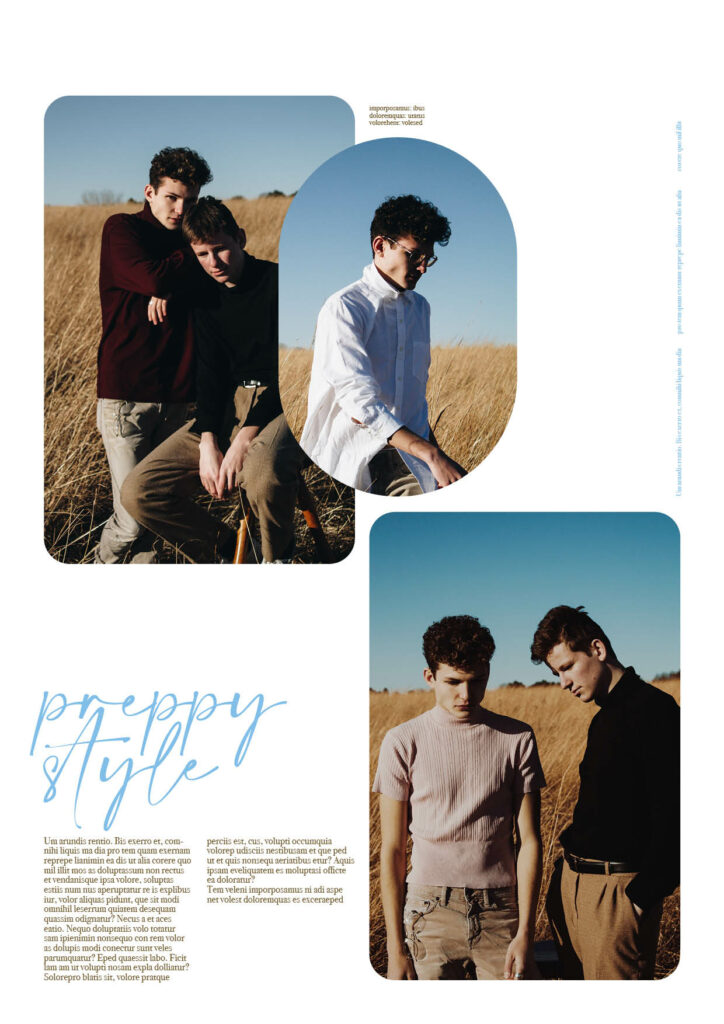In den letzten 2 Semestern habe ich mich ausführlich mit dem Thema Food Photgraphy auseinandergesetzt. Dabei habe ich mich mit Themen wie die Geschichte der Food Photography der Einfluss der Sozialen Medien auf unser Essverhalten sowie den Trends „Instagrammable Food“ und „Homemade Food“ beschäftigt.
Meine erster Blogeintrag handelte vom Food Styling, welches vor allem in der Werbung und in Filmen zum Einsatz kommt. In der Werbung sollte das Essen so köstlich wie möglich aussehen, dazu werden bestimmte Tricks verwendet. Ein Trick davon wäre bei Bier, Caffè und Milch den Schaum mit Flüssigseife zu machen. Dadurch entsteht ein stabiler Schaum, der natürlich und attraktiv aussieht. Das gleiche ist mit Pfannkuchen und Ahorn Sirup. Echter Sirup wird von den Pfannkuchen zu schnell aufgesogen, um ihn zu fotografieren, deshalb ersetzen die Fotografen ihn durch Motoröl.
Die Geschichte der Lebensmittelfotographie geht weit bis ins 19. Jahrhundert zurück. Man sagt, dass die Lebensmittelfotografie um 1832 begann, als ein französischer Erfinder für die Komposition eines Stilllebens mit einer Schüssel, einem Becher und einem Stück Brot ausgezeichnet wurde. Und in den 1930er Jahren produzierten Unternehmen wie Kraft Foods, Campbell’s, Bakers und Nabisco farbige Lebensmittelanzeigen mit Rezepten für Verbraucher in Zeitschriften. In den späten 60er und frühen 70er Jahren hatte sich die Lebensmittelfotografie einen schlechten Ruf erworben, weil Berichte über Lebensmittelmanipulationen und Fälle auftauchten, in denen Lebensmittel gefälscht und manipuliert wurden, um sie besser aussehen zu lassen, als sie waren. In den frühen 80er Jahren war schwarzes Plexiglas der angesagte Hintergrund. In den 2000er Jahren wurde ein sauberer und weißer Look von der Trendsetterin Martha Stewart beeinflusst. Es wurden Leinentischdecken und alte Requisiten mit hellerer Beleuchtung verwendet. Im Jahr 2010 gab es eine Rückkehr zum Trend der geraden Kamerawinkel. Der derzeitige Trend ist nach wie vor, die Farben frischer Lebensmittel auf Weiß zu präsentieren. Die weißen Teller bringen eine Frische und einen sauberen Hintergrund für die zu präsentierenden Lebensmittel.
Global gesehen werden Lebensmittel in den verschiedenen Kulturen der Welt unterschiedlich dargestellt. International stehen kleinere Größen für Luxus und teuer. Quantität wird in der amerikanischen Esskultur mit Qualität assoziiert. Heutzutage vermitteln die sorgfältige Zubereitung und das Styling der Speisen dem Betrachter den Eindruck, dass das Bild gerade vor dem Verzehr fotografiert wurde. Gute Food-Fotografie muss ein Gefühl von Frische und “Hausmannskost” vermitteln und gleichzeitig appetitlich aussehen. So bekommt der Betrachter Lust, die Rezepte selbst zuzubereiten oder sie sich liefern zu lassen.
Früher wurden Lebensmittelfotografien nur zu Werbezwecken in Zeitschriften, Kochbüchern und Auslagen von Geschäften gezeigt und eingesetzt. Heute ist die Lebensmittelfotografie überall zu finden. Neben den üblichen Orten, an denen Lebensmittel zu sehen waren, wie z. B. in Lebensmittelgeschäften und im Fernsehen, tauchen Lebensmittel jetzt auch an öffentlichen Orten auf, wie z. B. an Tankstellen, Bahnhöfen, auf dem Flughafen in mobilen Food Trucks und natürlich in den sozialen Medien. Die Lebensmittelfotografie ist heute wichtiger denn je, denn sie ist ein wichtiger Bestandteil unseres täglichen Lebens und wird rund um die Uhr gezeigt.
Die meisten Lebensmittelfotos lassen sich in drei Kategorien einteilen: Redaktionell, Rezept und Verpackung. Auch wenn verschiedene Trends und Stile eine wichtige Rolle bei der Darstellung von Lebensmitteln spielen, sind es die unterschiedlichen Kategorien der Food-Fotografie, die der Fotograf vor der Planung der Fotosession verstehen muss.
Die redaktionelle Fotografie kommt vor allem in Zeitschriften, Websites, Blogs und anderen Medien, vor die sehr schnelllebig sind. Diese Art der Fotografie wird vor allem von Food-Bloggern verwendet. Sie ist ungezwungener und entspannter, so dass das Essen nicht perfekt sein muss. Die Zutaten, die für die Zubereitung der Speisen verwendet werden, können im Hintergrund gezeigt werden, um die Authentizität des Rezepts zu unterstreichen.
Rezept- oder Kochbuchfotografie ist genau das, was der Name vermuten lässt. Diese Bilder werden in einem Kochbuch, einer Rezeptbroschüre oder auf einer Rezept-Website gezeigt. Sie sind etwas genauer definiert, da der Betrachter visuell sehen muss, wie das Essen aussehen wird, wenn das Rezept fertig ist. Diese Bilder werden immer wieder betrachtet, um sicherzustellen, dass der Leser bei der Zubereitung des Rezepts keinen Schritt oder keine Zutat übersieht.
Von den drei Kategorien (Redaktionelle Fotografie, Rezeptfotografie und Verpackungsfotografie) ist die Verpackungsfotografie die schwierigste. Für diese Art der Fotografie gibt es verschiedene Einschränkungen. Was die Verpackungsfotografie schwieriger macht als die beiden anderen Kategorien, ist die Arbeit an den Lebensmitteln innerhalb der Parameter des Verpackungsdesigns. Manche Lebensmittel passen perfekt in ein Layout, andere wiederum erfordern einen anderen Winkel oder eine andere Positionierung des Lebensmittels oder des Tellers, damit sie passen.
Ob redaktionelle, Rezept- oder Verpackungsfotografie, das Fotografieren von Lebensmitteln erfordert Geduld und Kommunikation mit dem Kunden und dem Food-Stylisten während des gesamten Prozesses.
Wenn man durch die sozialen Medien wie Instagram, Twitter oder Facebook scrollt, wird man mit Bildern von perfekt zubereiteten und absolut köstlich aussehenden Mahlzeiten konfrontiert. Es hat den Anschein, dass wir in Bezug auf unsere Ernährung stark von anderen Menschen beeinflusst werden – insbesondere von denen, die uns am nächsten stehen. Forschungen haben ergeben, dass je enger und stärker die Beziehung zwischen zwei Menschen ist, desto mehr Einfluss haben sie auf die Lebensmittelwahl des jeweils anderen.
Wissenschaftler sind zunehmend besorgt darüber, dass lebensmittelbezogene Inhalte in den sozialen Medien dazu führen, dass wir anders über Lebensmittel denken. Die Algorithmen der sozialen Medien fördern Inhalte, mit denen sich die Nutzer mehr beschäftigen. Aber es ist nicht nur die Werbung der Lebensmittelindustrie, die dafür verantwortlich ist – jedem von uns ist es heutzutage möglich, die Menschen online zu beeinflussen.
Studien haben zwar ergeben, dass soziale Medien uns dazu bringen können, anders über Lebensmittel zu denken, und dass wir uns in der Regel mehr mit Inhalten über ungesunde Lebensmittel beschäftigen, aber es ist noch ungewiss, ob sich dies tatsächlich auf unser Verhalten im Alltag auswirkt.
Deshalb wird die Frage aufgeworfen, ob man den – derzeit weniger wünschenswerten – sozialen Wert gesunder Lebensmittel mithilfe von Anstößen verbessern und so die Menschen zu einer gesünderen Lebensmittelauswahl anregen kann. Anstöße oder auch “Nudges” genannt sind einfache Interventionen, die die Entscheidungsstruktur des Einzelnen verändern. und ihn dazu bringen, in eine vorgegebene Richtung zu handeln, ohne seine Entscheidungsfreiheit einzuschränken.
Der Begriff „Du bist was du isst“ bekommt auf Social Media eine neue Bedeutung: Essen und Getränke sind zu Statussymbolen geworden, mit denen man sich gerne schmückt und profiliert. All dies bedeutet, dass Farbe bei Lebensmitteln und Getränken wieder willkommen ist und zelebriert wird, insbesondere auf den Social-Media-Plattformen, die diese Trends hervorrufen. Es ist ein neues Zeitalter der vielfältigen Auswahl, und noch nie war es so attraktiv, sich von anderen Lebensmitteln hervorzuheben. Instagrammable”-Lebensmittel sind Lebensmittel, die entweder großartig aussehen oder in irgendeiner Weise hervorstechen wie zum Beispiel durch ihre Farbe, Textur oder ihren Zutaten.
Durch Instagram und Co. werden neue Food Trends geschaffen und somit neue Maßstäbe für die Produktentwicklung gesetzt. Das bedeutet, dass aktuelle Farben, auffällige Formen und köstlich erscheinende Schichten und Texturen entscheiden mit darüber, ob ein Produkt erfolgreich sein wird oder nicht. Da auf Social Media der Fokus auf dem Visuellen liegt, müssen die Erscheinung des Produkts sowie die Verpackung perfekt aufeinander abgestimmt sein. Natürlich bestimmt am Ende der Geschmack über den Erfolg des Produkts.
Die Menschen kochen seit der Pandemie vermehrt zu Hause mit den Zutaten, die sie im Kühlschrank haben. In den sozialen Medien wie Pinterest oder Instagram findet man unzählige DIY-Rezepturen aus Omas Küche. Angefangen von selbst gemachten Sirupen bis hin zu eingekochten Marmeladen, Kompotten oder fermentierten Früchten. Die Menge und Vielfalt an kreativen Rezepten sind so groß, dass man kein Kochbuch mehr für zuhause benötigt, sondern sich unzählige Rezepte gratis in den sozialen Medien holen kann. Im besten Fall stammen sogar die verwendeten Zutaten aus eigener Produktion. Vor allem im Trend sind biologische und vegane Produkte, die am besten auch noch regional sind.
Das Wort „hausgemacht“ verspricht also nicht nur Geschmackserlebnisse frei von Zusatz- und chemischen Aromastoffen, sondern sich selbst als Macher zu erleben und kleine Erfolge zu feiern, dass motiviert viele Menschen, am Trend zum DIY-Food teilzuhaben.
In weiterer Folge möchte ich gerne ein kleines Interview mit einer Food Bloggerin auf Instagram führen sie kann mir sicher auch Tipps für meine Food Bilder geben. Denn ich würde sehr gerne einmal selber ein professionelles Food Foto machen und dabei auch lernen wie man am besten Licht, Setting und Kamera anwendet und natürlich wie man die Bilder im nachhinein am besten bearbeitet.
